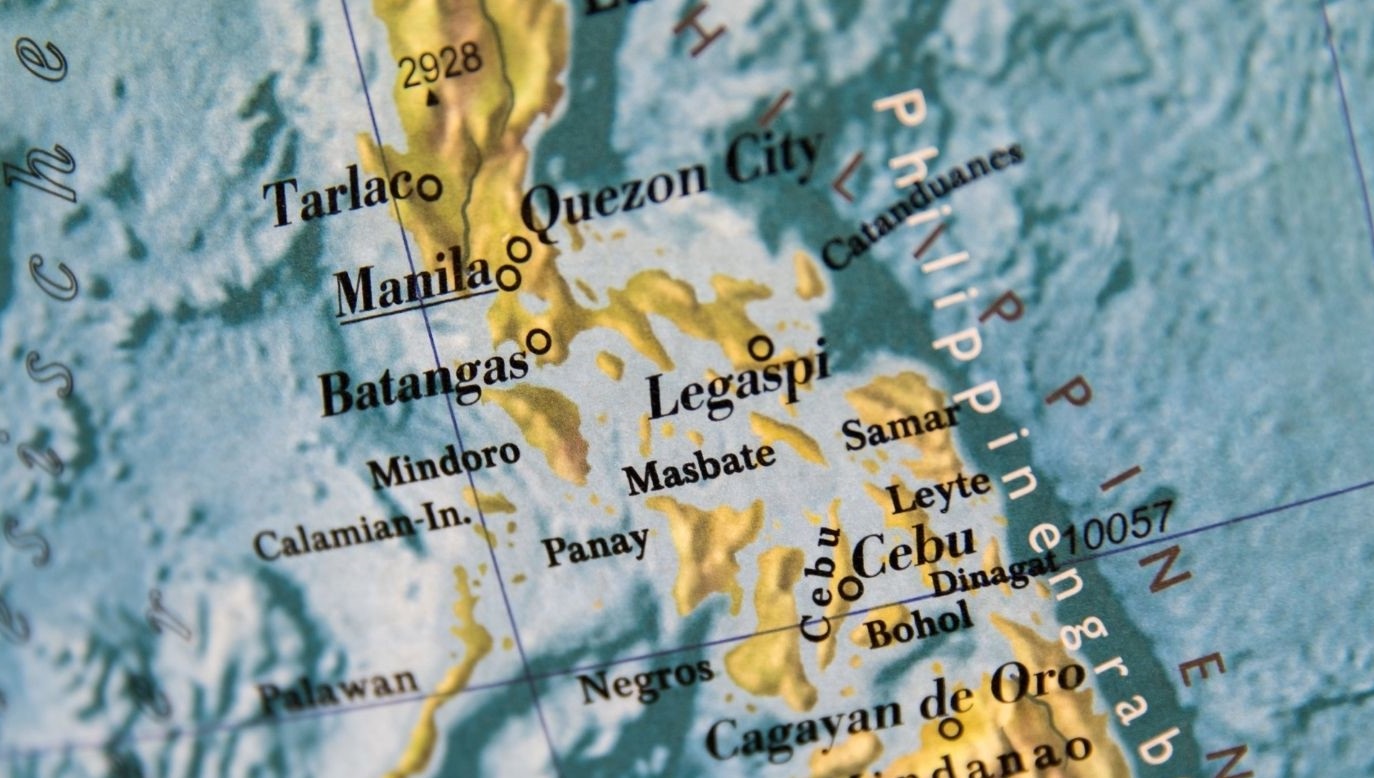
The implementation of the Philippine Mining Act of 1995
In the Philippines, mining remains to be one of the crucial industries that work towards the country’s industrial development. By allowing opportunities to provide mineral resources that can be utilized as raw materials for manufacturing and construction, the mining industry proves to be useful to other sectors as well.
Not only that, but the mining sector in the country has also become a major contributor of foreign currency through the exports of mineral ore and other processed and semi processed mineral products. This was able to give sufficient employment to communities in far flung areas where the only source of economic activity is mining operations.
Although mining activities produce materials and provide employment, it also causes environmental harm as it alters the land in a way that causes loss of vegetation and biodiversity. There is also the impact of cyanide and other chemicals needed in mining cycles that can affect humans in the long run.
Because of this, the Philippine Mining Act of 1995 was passed and enacted as the main legislation that governs all mining operations in the country. This includes all kinds of measures to protect the environment and defines areas in which mining can be allowed.
According to Raymundo (2014), the Philippine Mining Act of 1995 also controls finalizing mining contracts through the Mineral Production Sharing Agreement (MPSA) and the Foreign Technical Assistance Agreement (FTAA) which permits the foreign ownership of mining operations.
With these in mind, it is important to think about the implementation of the law in terms of achieving industry growth, foreign investment, and environmental protection. A discussion made by Raymundo involved the environmental impact of several major mining projects and the research presented initial results wherein further reforms will be necessary in order to improve the effectiveness of the Philippine Mining Act.
In addition, there remains a need to address the chosen process by which regulation is implemented. Transparency and accountability amongst stakeholders should also be revisited in order to better serve the interest of local communities, industry and the government.

CPC passes Government’s 2nd Industry Audit
According to the interagency Mining Industry Coordinating Council, no mining firms covered by its second industry audit received a failing mark as officially confirmed by the Department of Environment and Natural Resources (DENR) confirmed.
Furthermore, Environment Undersecretary Jonas Leones has confirmed that the findings of the audit translated to the need to implement minor reforms on the part of the mining companies and their implementation of their operations.
Based on the MICC’s audit, the companies were evaluated in terms of the legal, technical, environmental, social and economic considerations.
Some of the companies that passed the audit are Century Peak Corporation, Techiron Resources Inc., and others. The audit resulted in a few recommendations, including the DENR needing to learn from international standards in order to improve the criteria to measure miner performance.
President Duterte already issued Executive Order No. 130, effectively lifting the prohibition on the issuance of new mining permits and it’s implementing rules and regulations have taken effect as of August 2021.
After the second round of the mining industry audit, the interagency council is set to begin its third round of audits sometime early 2022 and will cover quarry operations and four mines within the Bangsamoro region.
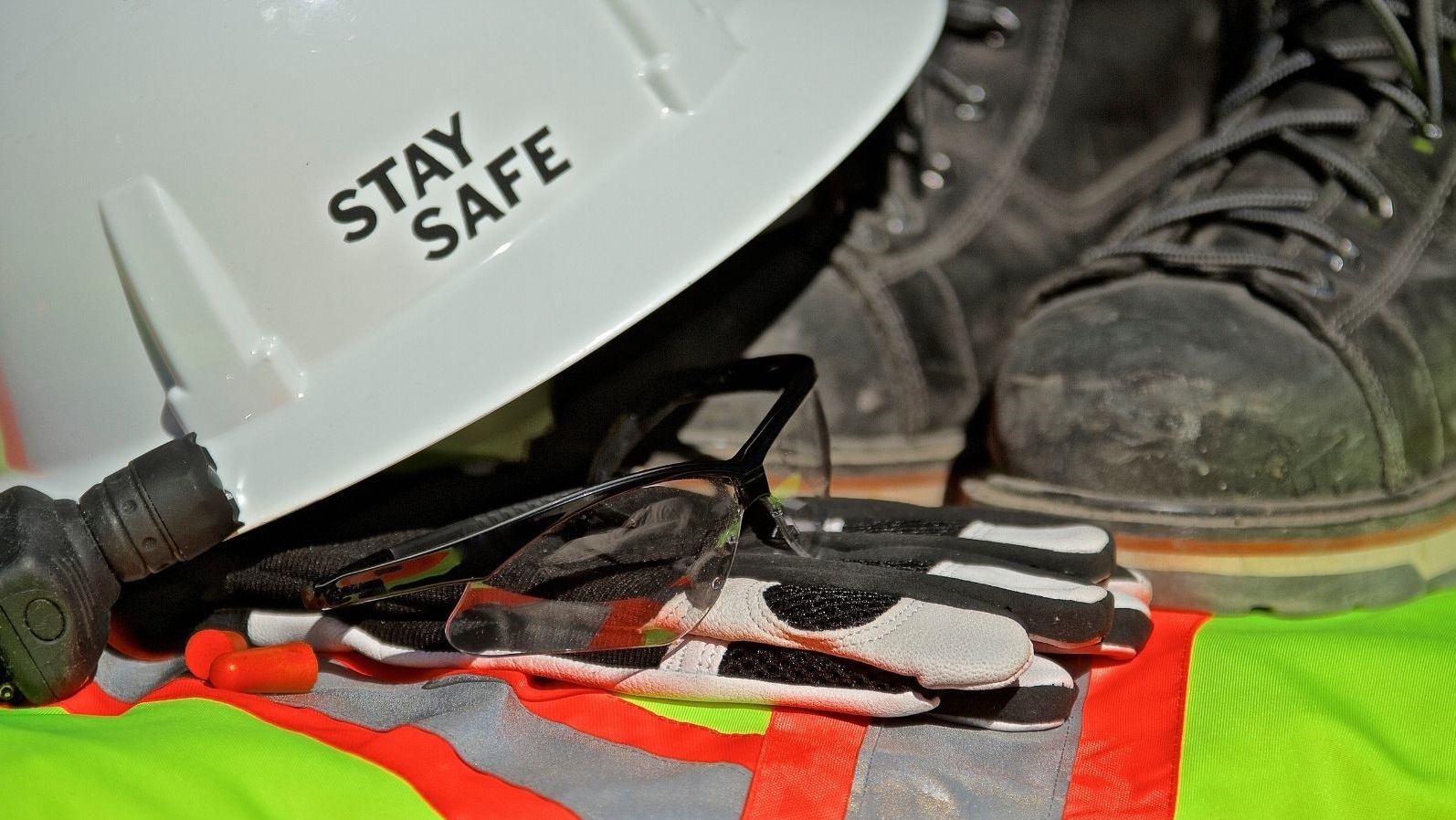
Learning from experience: Employee Safety Measures
Employee and labor welfare pertains to the various services, benefits, and facilities offered to employees. Proper working conditions and liveable wage are also some of the factors that count into employee welfare.
A research paper made by Reshma and Basavaraj (2013) discusses the employee welfare measures in the mining industry and how this can be applied in an actual site as studied in the Donimalai Iron Ore Mine in India. The study highlights not only the concept of welfare measures but also sheds light to the employee’s perception on what good employee and labor welfare means to them.
Welfare measures, if implemented correctly and efficiently, will be able to improve the physical and psychological health of employees, which in turn will enhance their efficiency and productivity. Furthermore, welfare measures can promote loyalty among the employees.
According to the study, there are ten (10) areas in which employee welfare can be considered and improved, as follows: (1) a clean and well-maintained canteen or a designated place where the employees can have their refreshments during leisure time, (2) clean shelter and restrooms where workers can relax during their break or meals time, (3) medical and first aid box in case of small accidents while on duties or service are to be provided for both minor injuries and serious injuries, (4) clean work environment including the overall maintenance, (5) good ventilation and temperature in mines for the circulation of fresh air, (6) dust and fumes should be controlled in mines so it is also necessary to install appropriate devices near the site, (7) sufficient lighting, either natural or artificial or both, should be provided in the workplace, (8) enough supply of clean drinking water is vital for all workers employed, (9) washing facilities is also necessary to supply water, soaps and clean towels in the mines, and (10) facilities for sitting arrangements shall be made for workers’ rest and relaxation.
In the end, the study conducted in Donimalai Iron Ore Mine in India resulted in the conclusion that a mine’s greatest asset remains to be their employees as the most important factor in the production process. If employees are not given enough care in order to stay healthy while rendering work, it will be impossible for an organization to achieve their goals. Donimalai Iron Ore Mine, according to the study, should take necessary steps in order to improve their canteen, medical aid, and cleanliness facilities. Other organizations can follow the same examples to improve their employee welfare and provide better care so employees are able to do their jobs more efficiently.
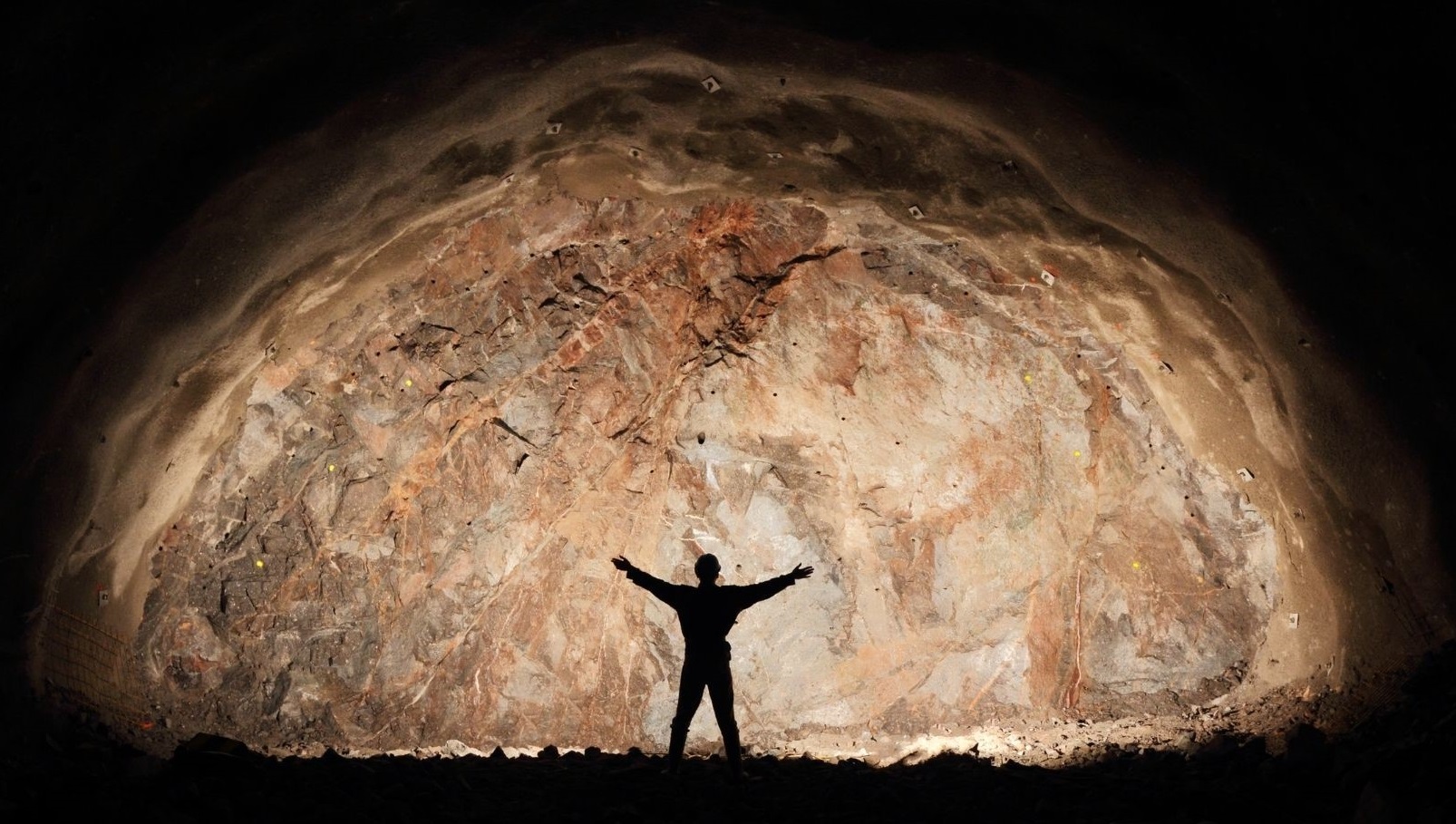
Safe Mines Make Happy Miners
A conducted survey utilized 30,000 various professionals hailing from different industries apart from mining with regards to their self-assessment of time spent on task happy and time engaged while energized.
Apparently, according to Australia Mining, miners are happy with 49% of their time spent working. Miners are spending 62.1% of their time at work happy on their tasks and this allows them to be highly productive with consideration of other industries.
On the other hand, construction workers were found to be happy only 40.5% of the time and they only feel “motivated” at work 39.7% of hours spent working.
Because of the data presented, it can be concluded that miners can be proud of achieving such high industry scores. Not only that, but also Australian workers across industries rated as one of the highest scorers for productivity, with 63.3% of time on task.
This position is earned and attributed by the Australian mining industry as they preserve the safety of the mines to keep happy miners and to keep an eye on industry developments in other countries such as China, Japan, Netherlands, and others.
The Australian mining companies decided on putting their energy into keeping mines safe enough for their happy miners to be productive in the present, given the uncertainty of the regional future.
By keeping safe mines and their miners happier, is one of the ways the Australian mining industry can be a good example to other mining companies in the world.
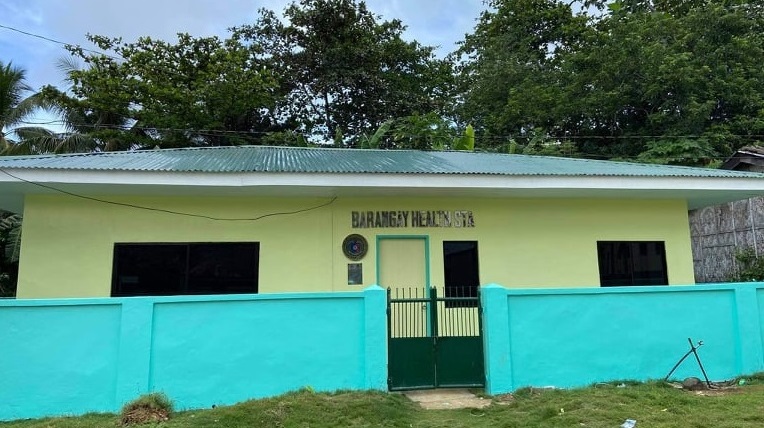
Completion of Esperanza Birthing Facility Health Center at Brgy. Esperanza
Providing better healthcare can lead towards good progress for a community. Having a to-go health facility that can cater to pregnant women and their healthcare is detrimental to the safety and well-being of the community.
Together with the locals at Barangay Esperanza in Loreto, Dinagat Islands, Century Peak Corporation (CPC) completed the construction of the Esperanza Birthing Facility Health Center last August 30, 2021.
The birthing health facility, with its sturdy yellow walls and green gate, stands proud and open to welcome its first visitors. The road to the facility is accessible enough, especially to the locals living in the area.
The health center has one nurse, one midwife, and three barangay health workers on duty from Mondays to Fridays. The medical doctor or the municipal health officer are scheduled to visit only once a month or as needed.
More than primarily catering to pregnant women and their prenatal care, the Esperanza Birthing Facility Health Center also conducts basic check-ups and is available for emergencies.
The birthing facility health center made the community of Barangay Esperanza safer and healthier, especially the pregnant women and those who plan to build their families in a better environment.
For any problem during childbirth, the health facility will now be there to guide women with their pregnancy. Both mother and child will now be taken care of not only by the support given by the members of the community in Barangay Esperanza, but also by healthcare professionals.
With a birthing facility in the barangay and more equipment and supplies, the road to better health has been paved for Barangay Esperanza in Loreto.
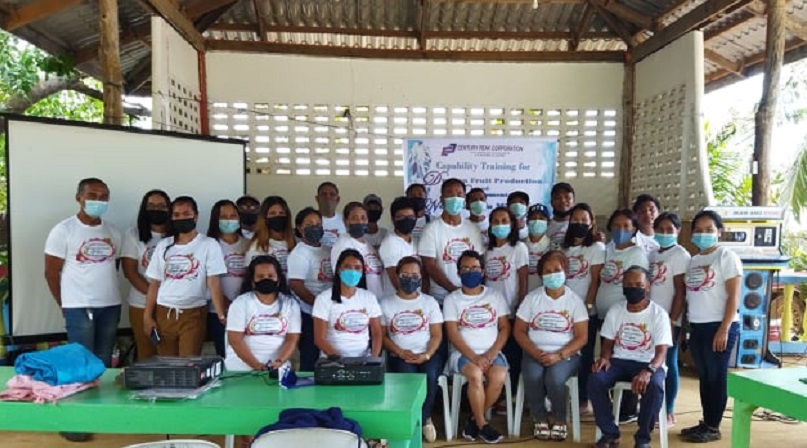
Capability Skills Training on Dragon Fruit Production and Development in Northeastern Mindanao
Dragon fruit has been cultivated as a crop in the Philippines since the 90’s and the process of growing and distributing evolved throughout the years and production increased tremendously. This is most likely because dragon fruit is adaptable in the Philippines because of the favorable climatic conditions, even in marginal areas in the country.
In recent years, dragon fruit has become an emerging champion in the local fruit industry. This was also emphasized by Mr. Zacarias Valles, PLGU-PENRO, who gave a wealthy discussion on how to sustain dragon fruit cultivation in Dinagat last July 31, 2021 during a capability skills training on dragon fruit production and development.
Furthermore, through these training sessions, he is confident enough to aim and dream that Dinagat will be the Dragon Fruit capital in the province and even the region as he proclaimed during his talk at the La Familia Function Hall, Esperanza, Loreto, Dinagat Islands.
During the session, Col. Jovito Q. Lara also welcomed the 30 participants/farmers from Barangays Panamaon, Esperanza and Santiago and this was followed by a short message by the Municipal Agriculture Officer, Mrs. Thelma P. Berador.
This was right on time as well, because dragon fruit season usually starts in late April but the peak of production is from June to July. Harvest season then commences in November but some fruits can extend up to December.
There are a lot of ways in which dragon fruits can be eaten, either as raw or processed for ice cream, cookies, candies, jam, wines, shake, for special beverages or as flavour for all kinds of drinks and ingredients of various recipes. Not only that, but also the dragon fruit flowers can be cooked as an ingredient of Filipino viands. The skin can be processed as embutido, pickles, jam and be boiled as cleansing drinks. The stems and skin pulps can be processed as beauty soap.
In the end, because of the skills the locals have learned from the training, dragon fruit propagation can give them food and the sales coming from the distribution of the fruit can allow for better living and financial attainment.
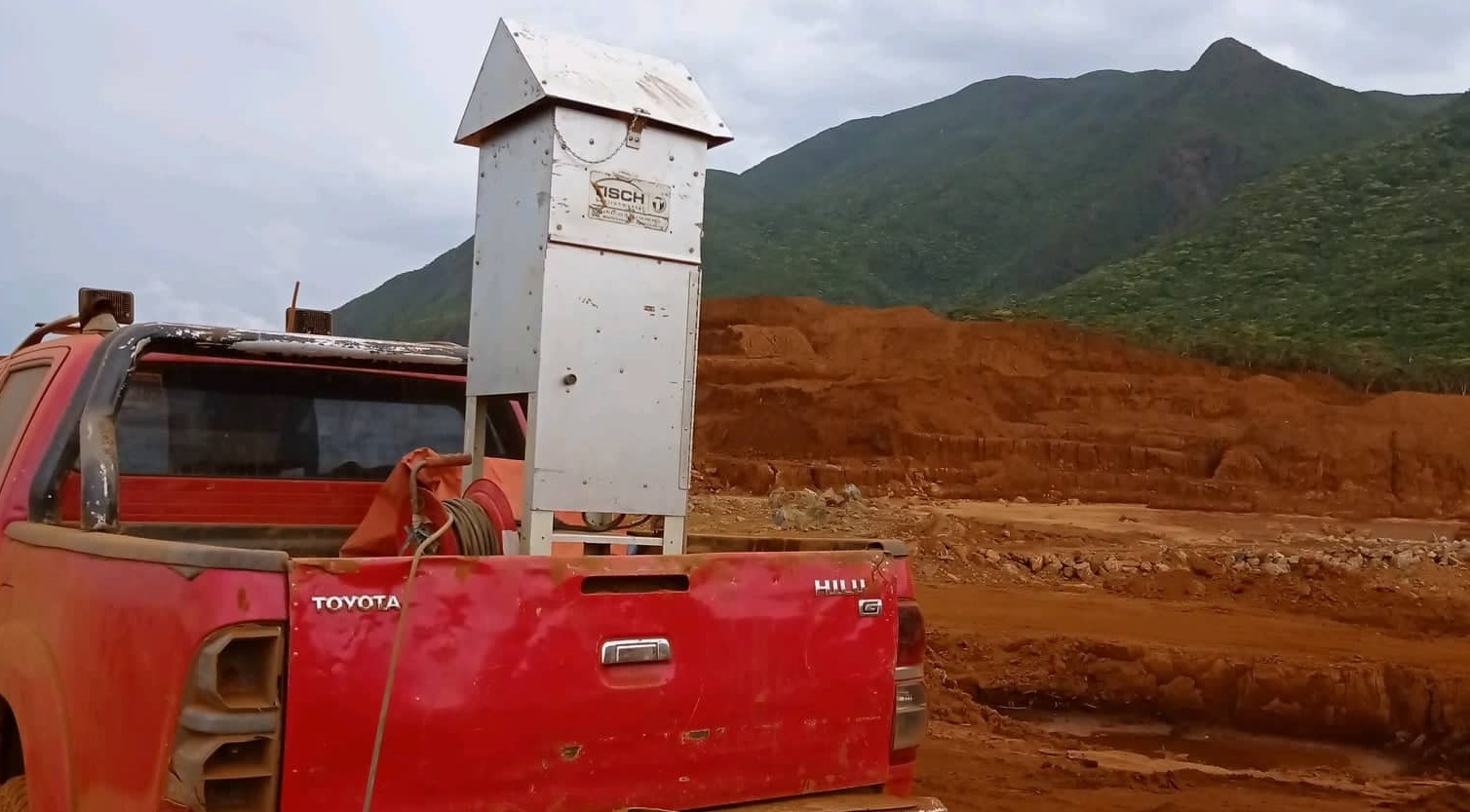
Quarterly Air Sampling Monitoring
The CPC air-sampling monitoring was designed to monitor the quality of air and collect sufficient data in order to keep the air around the mine site as safe as possible. This is not only for the benefit of the workers who spend everyday in the site, but also for the people who live around it.
Mine-related activities, especially during active operations, can produce radioactive airborne particles in the air, as well as other environmental hazards.
The reports from air-sampling monitoring projects are then provided to the station managers as a summary of the results from the analysis of the air samples collected as part of the Environmental Management initiatives.
During the monitoring process, all necessary information such as collection times, variation in flow rate, actual flow volumes and other information are recorded for the proper interpretation of the analytical results. The air filters are analyzed on a quarterly basis to ensure a safe environment for a whole year.
The last quarterly air-sampling monitoring was conducted last August 8, 2021 in the CPC Campsite in Marayag and Kaniangugan mine sites with the cooperation of the MEPEO to forward the initiatives for better and safer mine sites.
In addition, this quarterly air-sampling monitoring is also one of the activities that falls under the responsibility of making sure that the people who live and breathe the air wouldn’t catch potentially harmful substances in the air. Results of this monitoring are analyzed and will be utilized in order to maintain the safety of the people. It can also help with the continuous process and development towards improvement of environmental management in the mine.
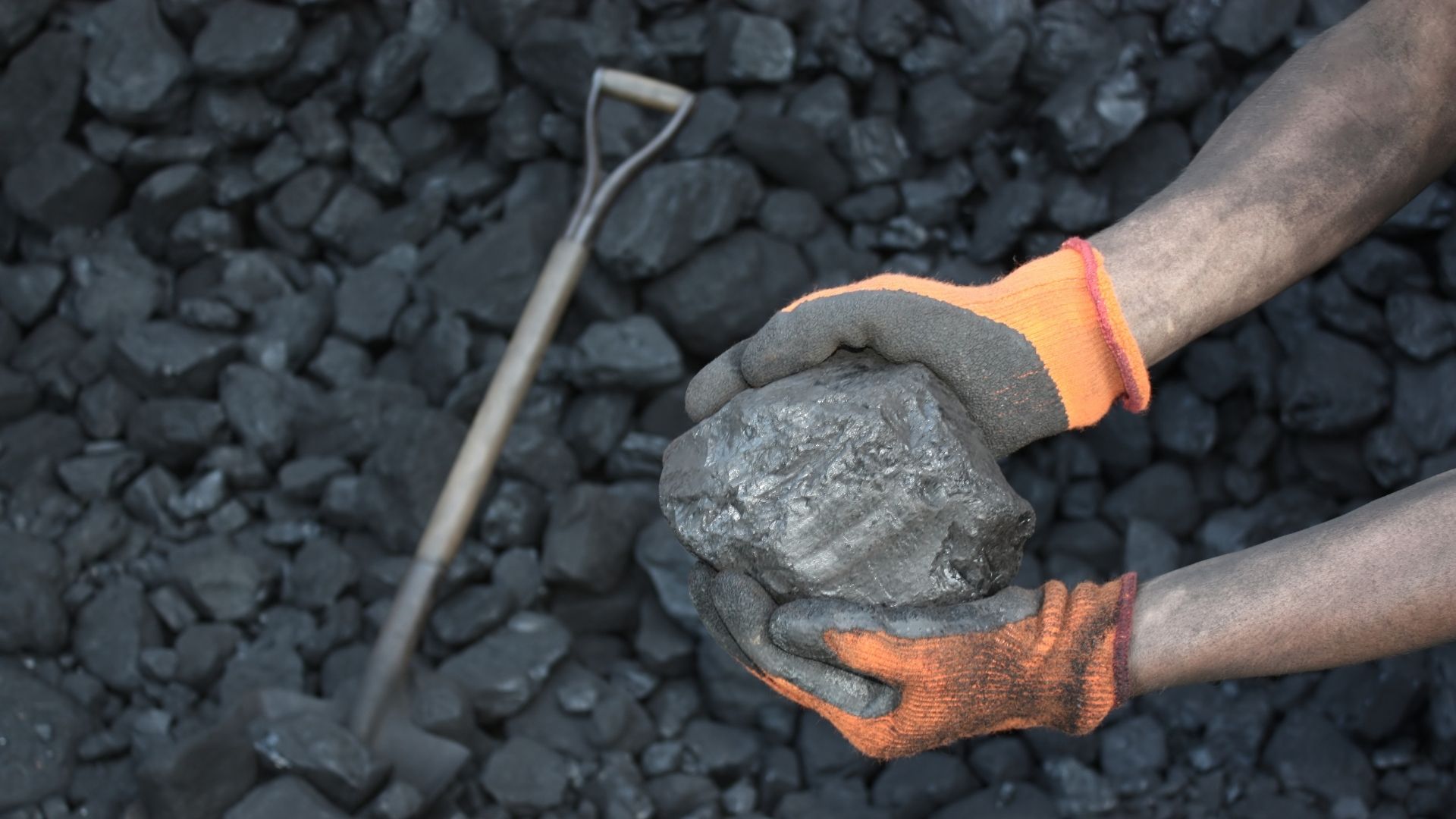
Principled Mining: Integration of Biodiversity
Biodiversity on Earth embraces all living organisms and their natural habitat as well as the natural cycles in which the environment heals and grows.
When it comes to mining practices, there should always be an improvement with biodiversity management throughout the whole mine cycle. This is to support the balance between mining and biodiversity through understanding more about how the mine cycle connects with the environment that surrounds it.
Companies should look at more practical tools in order to assist companies in the right direction through five (5) simple steps as follows:
The first step is to know the kind of biodiversity that exists in and around the site. Knowing the species that naturally live in the site and the ecosystem they thrive in is one of the biggest steps in having enough knowledge to integrate biodiversity in the whole mine cycle. With enough research and study, obtaining sufficient information is the key in order to start getting to know the environment that needs to be taken care of.
Only knowing about the environment and ecosystem is not enough. The next step is to understand the connections of mine activities to its environment. This needs more coordination not only with the environment but also the locals in the area. Having their input and involvement when it comes to understanding the environment around the mine is detrimental in being cognizant of the process of healing and rehabilitation.
In order to have a solid assessment when it comes to the negative impacts of maintaining and utilizing a mine site, scientific data should be taken, analyzed and distributed to concerned channels. The results taken from these assessments will then be used to learn more about how to promote good practices on biodiversity.
This step allows the immense support for the development and implementation of scientifically sound, inclusive and transparent procedures for the planning of reaching balance on biodiversity through conservation in mining practices. Developing strategies in which rehabilitation can be fully executed is another example of principled mining.
The last step is to always keep in mind that the site is able to become as thriving as it is because of the land’s natural features. Giving enough respect to not only the legally designated protected areas but also the ecosystem of the place as a whole will go a long way to practicing principled mining. Environmental management will be more effective if respect is to be given a higher regard.
These steps give an idea on integrating biodiversity into project development and operations. Rehabilitation planning and implementation remains important to the enhancement of biodiversity at the site.
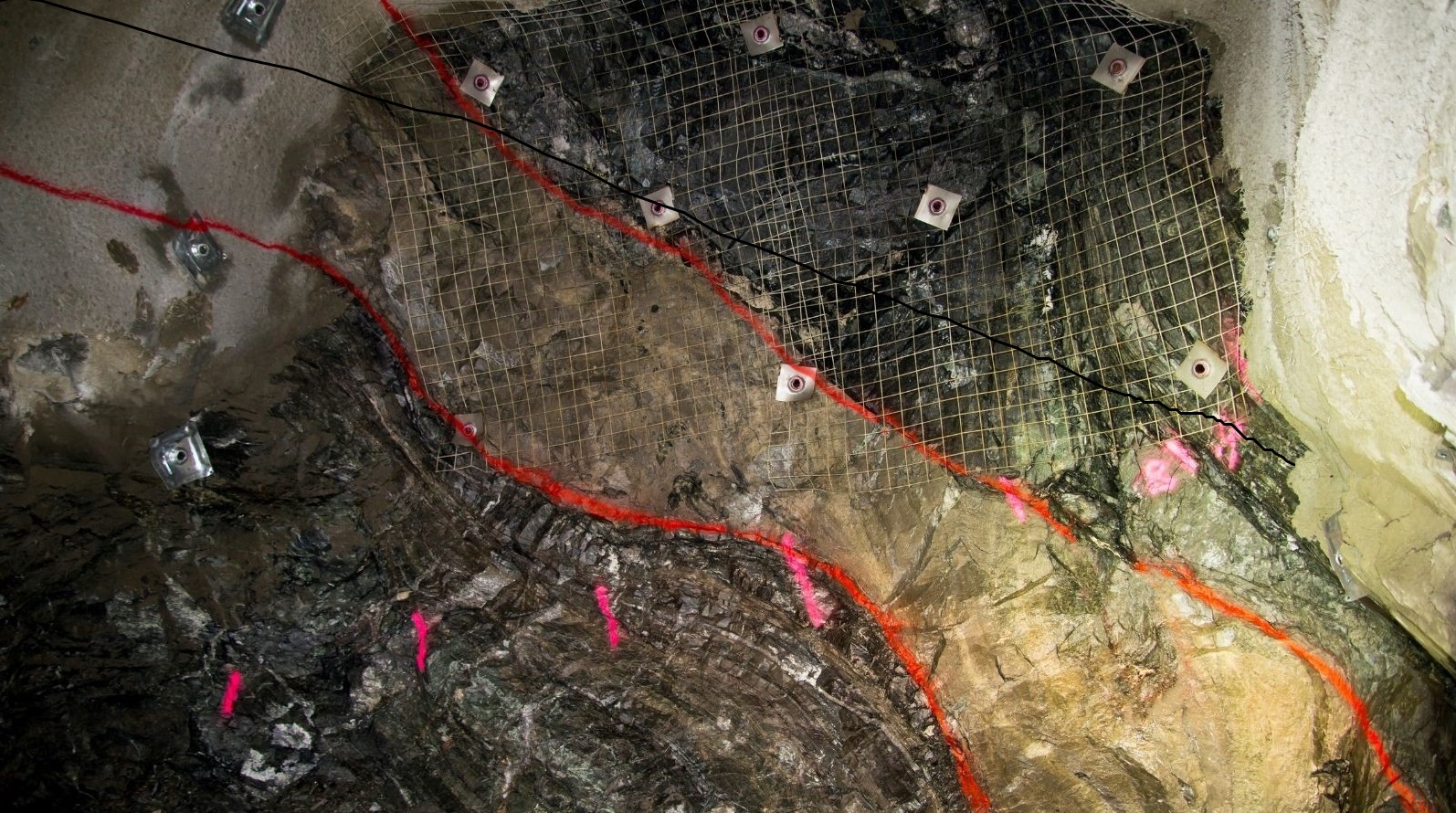
The importance of the mining industry in the Philippines
The Philippines has been classified as the fifth country who has the most minerals. As of 2017, there is still an estimated one trillion dollars untapped reserves of zinc, gold, copper, silver, and nickel. But according to the Philippine Mines and Geosciences Bureau (MGB), there are only 50 operating mines. For the year of 2017 as well, the Philippine Department of Environment and Natural Resources (DENR) was able to present the preliminary gross production value for large-scale metallic mining at 107.7 billion pesos.
The Philippines is one of the top mineral exporters of copper, gold, and nickel. Among other minerals include quartz, mica, iron, gypsum, feldspar, chromite, calcite and sulphur, and other non-metallic minerals such as sand and gravel, limestone, marble, clay, cobalt is the main factor for the increased interest in minerals as they are used in battery technology in the Philippines. The Philippines has the fourth-largest cobalt reserves worldwide.
Several regions have high metallic and gold mining activities such as Benguet, Masbate, Nueva Vizcaya, Cebu, Dinagat Islands, Davao, Palawan and Surigao, among others. Mining activities are regulated by the Philippine Constitution, and through laws, regulations and ordinances issued by the national government and local government units. Mining companies must also comply with the regulatory requirements for corporations in the Philippines.
The importance of the mining industry in the Philippines lies in how the activities are able to give employment to a healthy amount of people, to locals and non-locals of the mining site. By also having good foreign relations for exportation of goods, activities and projects of the mining industry forge great bonds with foreign companies and industries overseas. The economy of the country also benefits from the operations as well.
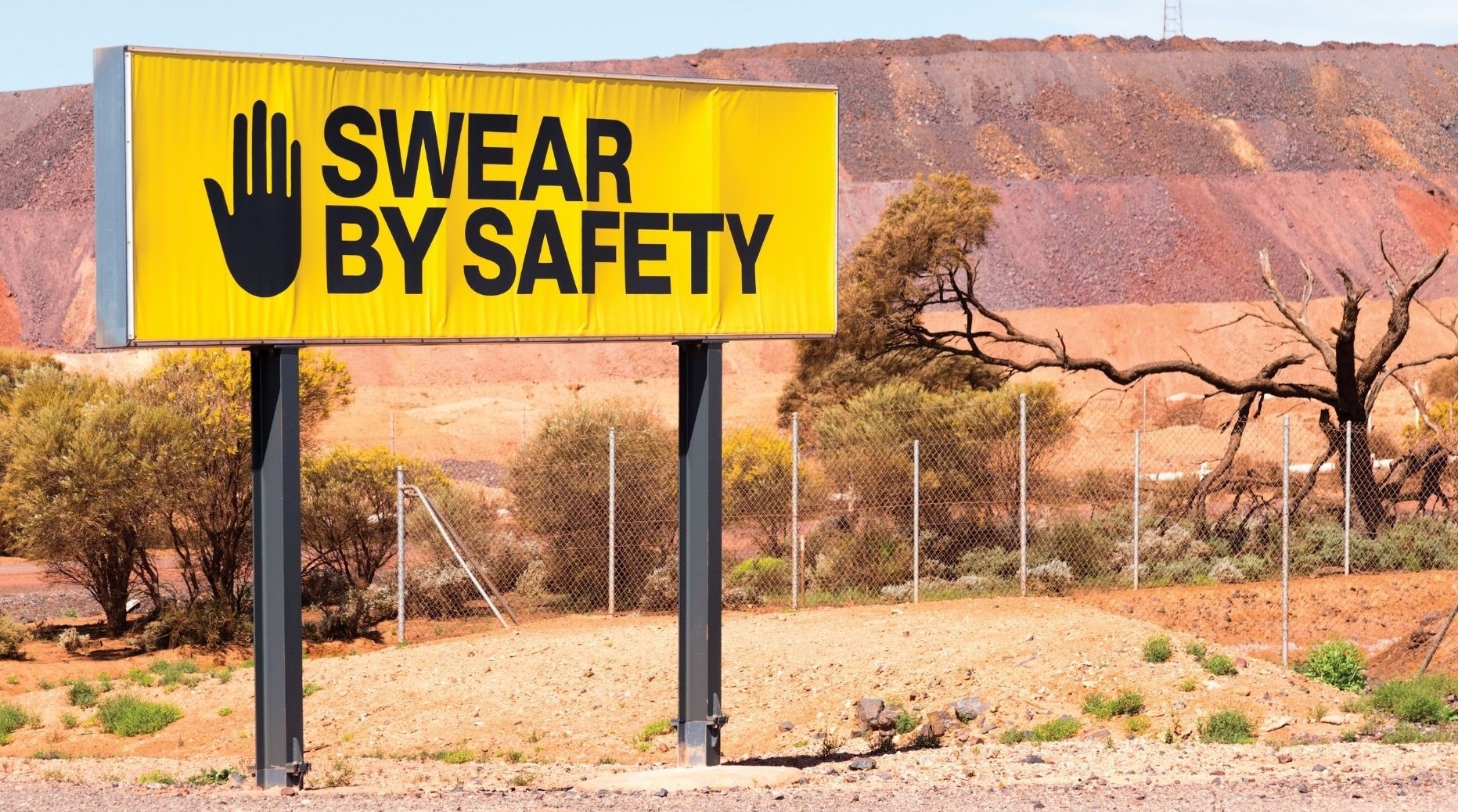
Mine Safety Laws: Health and Sanitation Standards in Philippines
According to labor officials, mine safety and sanitation are under the mandate of the Mines and Geosciences Bureau and the Department of Energy and the Department of Labor and Employment (DOLE) does not employ a more hands-on approach to enforce safety rules in mining sites.
Mining is considered as one of the most hazardous industries around the country and the Department of Labor and Employment should have continuous improvements with monitoring mining companies’ strict compliance with health and safety standards even if there are limitations set by legal rules.
The Philippine Mining Act of 1995 provides penalties for violations in mine safety and health standards, from fines to cancellations of permits. They are the principal in enforcing the health and safety laws for the mining industry. DENR Administrative Order No. 2000-98 on Mine Safety and Health Standards also imposes standards for health, sanitation and mine safety and the penalties for violation thereof. Other health and safety regulations which are also applicable to the mining industry may be found in the Philippine Labour Code.
According to the act, to uphold the health and sanitation standards, employers are required, among others, to establish a safety and health office and make available personal protective equipment in accordance with the type of work performed, at no cost to the employee.
Companies are also obliged to provide training to employees in first aid, mine rescue, firefighting and other safety and health measures and proper job procedures. They are also required to provide hospitalisation and medical facilities, including the transportation to the hospital; provide full treatment to employees injured and those suffering from occupation-related diseases during the performance of their work.
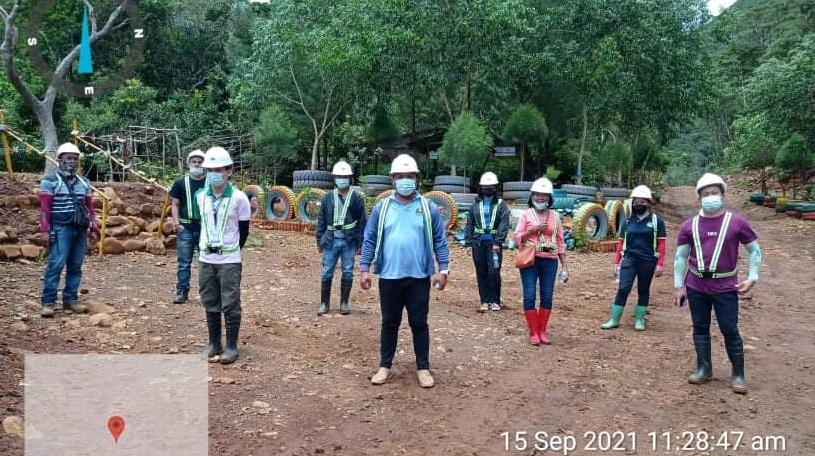
Inspection of Multipartite Monitoring Team
The Multipartite Monitoring Team is an independent entity whose responsibility is mainly to assist the Department of Energy and Natural Resources in monitoring environmental impacts of various activities together with making sure that all projects and operations are in compliance with the Philippine EIS System requirements and other environmental laws. The MMT scheme is intended to enhance participation and transparency at the post-ECC issuance stage of the EIA Process.
Being a community-based multi-sectoral team organized for the purpose of monitoring the proponent’s compliance with ECC conditions, EMP and applicable laws, rules and regulations, the team is composed of representatives of the proponent and of stakeholder groups, including representatives from the Local Government Unit, accredited Non-government Organizations, the community, the local EMB Regional Office, and other sectors that may be identified during the negotiations.
After the inspection, the company concerned will submit to EMB and SMR the self-monitoring report for an Annual Environmental Protection and Enhancement Program. If findings of the MMT are unsatisfactory, EMB will issue a Notice of Violation.
Last September 13 to 18, 2021, the first semester MMT Inspection of Century Peak Corporation, specifically the Casiguran and Parcel II Mining Projects was conducted.. The objective of this inspection is to validate the implementation of the approved Annual Environmental Protection and Enhancement Program (AEPEP) including Safety and Health Program and SDMP.
This Inspection that occurred in Brgy. Panamaon (Marayag) and Brgy. Esperanza (Kanlangugan) was attended by representatives of MGB-XIII, RHU, MENRO, PENRO, BLGU-Panamaon and BLGU-Esperanza, Religious Sector and REACH Foundation. CPC Staff (MEPEO, Safety Engineer and ComRel) and MMT Members are present during the whole duration of the inspection activity.
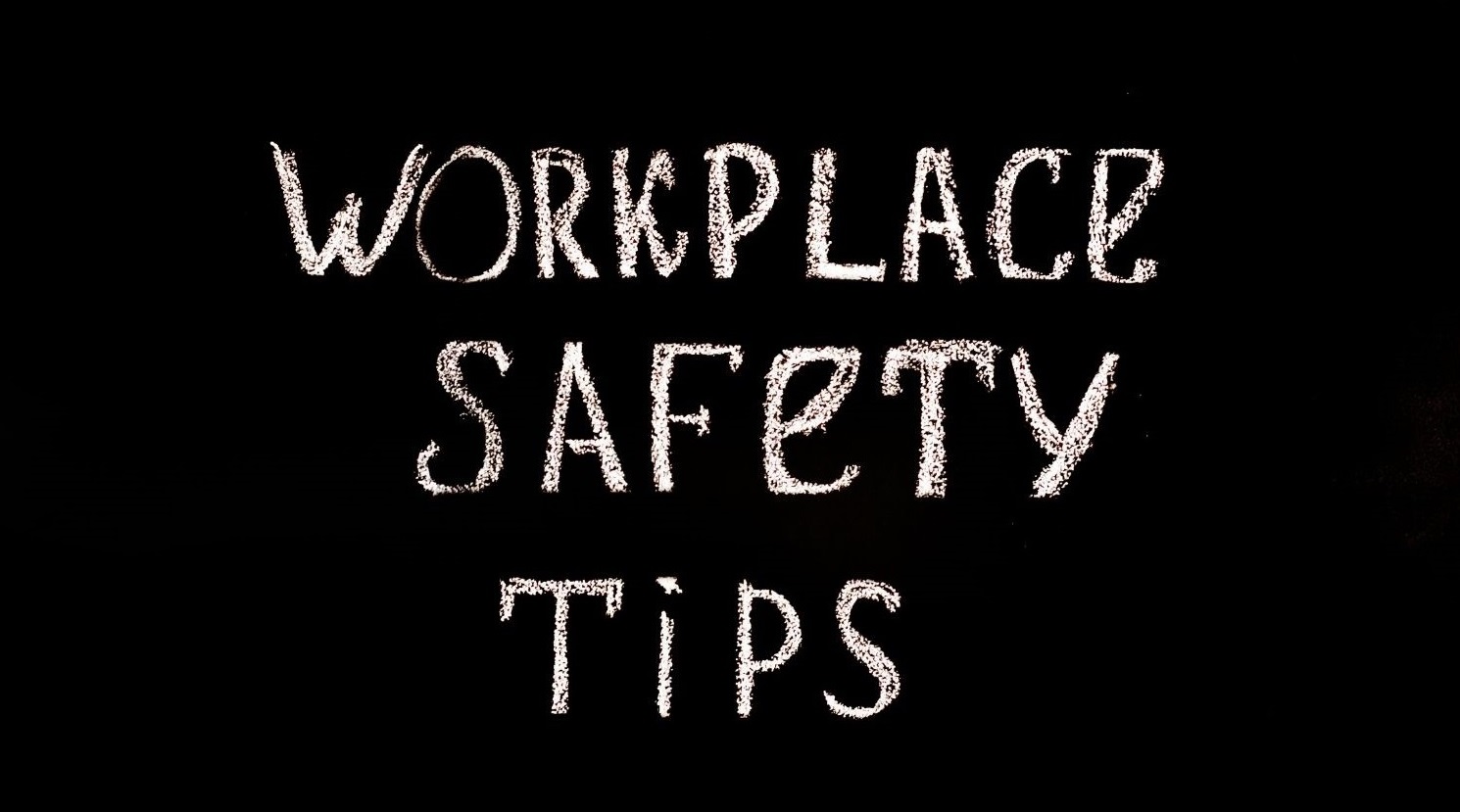
Safety Tips at the Mine: 6 Things You Need to Know
When working at the mine, the risk is always involved. In Canada, mining remains to be the second-most dangerous industry in the country with almost 4.7% of work fatalities in mine sites. Because of this, there should be a good advancement when it comes to protecting human resources at the mine.
When working at the mine, the risk is always involved. In Canada, mining remains to be the second-most dangerous industry in the country with almost 4.7% of work fatalities in mine sites. Because of this, there should be a good advancement when it comes to protecting human resources at the mine.
The first thing that needs to be done is to comprehend and fully understand what kinds of hazards and dangers are present. Also knowing the potential harm anyone can possibly get during operations can be vital. Accept the fact that the mining industry can be an industry filled with hazards and possibilities of accidents and danger on the job. Always bear in mind that if you work at the mine, your safety and the safety of your colleagues should come first and foremost.
When it comes to planning the things that should be done, keep in mind that only completing them as fast and as accurately as possible is not the only thing that should be done. Safety requirements should be given extra time, money, and other vital resources. This way, the safety of employees while meeting deadlines and keeping up with the quality of production is not compromised. Risks should be minimized and clear instructions should be given so that dealing with the possibilities of hazards can be mitigated as well.
All employees should have sufficient and updated safety training. This should not only apply to new team members as there should always be a regular seminar to consistently remind everyone of what they always need to apply at work. Constant skill improvement and refreshers are detrimental to keeping the quality of work maintained while minimizing risks and hazards.
Safety equipment should always be provided and used for protection at all times. Not only that, but there should also be a documentation of procedures easy enough to follow so that everyone knows what to do. Various incidents and risks should be clearly outlined, together with hotlines and other ways to ask for assistance. Location, time, and other vital information should be ready in case that rescuers might have a need for it.
Supervisors should be attentive to the needs of its team members. They should also be diligent in enforcing safety rules and checking up on their members’ welfare. All workers should also be transparent to their current predicament and should be quick to inform their superiors about any possibility of risk, incidents, or hazards.
After all, these are only some of the safety-related tips and reminders for mining sites. Unfortunately, not all incidents can be foreseen or presented, they can only be minimized and given appropriate action. While risks and hazards can never be eliminated entirely, these tips can give significant help and assistance.

Cultivating Lives at Dinagat
Century Peak Corporation in Dinagat Islands has always aimed to build not just a stable workplace for its employees, but also supporting lives as well. We aspire to make sure that every person feels valued, included, and are able to perform their duties in the best way.
CPC aspires to become a frontrunner when it comes to giving our workforce a safe environment and a happy disposition wherein they would not just be able to support their family, but also be able to have a good stable work experience.
CPC offers various opportunities across different areas of the organization for professionals who are eager to develop their skills and contribute their valuable experiences. People with relevant experience and new insights are ever significant in fields such as operations management, geoscience, commercial and business services, engineering, and maintenance services.
Individual development of every employee in different projects by management, organization, and providing support helps them achieve their maximum potential. Our employees and workforce are therefore cultivated through constructive people who perform and who live our values will excel.
Beyond caring for our employees, CPC also cares for the locals in Dinagat. Through giving various livelihood training programs, providing more healthcare projects in partnership with the LGUs, and offering enough voice and rights to the community, CPC cultivates lives and builds a culture of togetherness and solidarity.

Addressing Policy Gaps
To answer the big demand for minerals and energy, the mining industry plays a vital role in making the supply as well as giving support to the economy. On the other hand, there are environmental repercussions that can pose potential risks and hazards to the employees and the locals that live around the mine sites.
This is why in recent times, there has been an emphasis in looking into the concept of sustainable development wherein important stakeholders in their respective industries are expected to take responsibility through their actions. Modern technologies are suggested to be used so various activities such as mining operations would not be too hard for future generations who will inherit the world. These considerations should be pushed towards the forefront and be held as significant as business interests.
A collaborative effort towards the right direction is the creation of the Philippine Mining Act of 1995 in order to address the needs of the environment, the people, and the business sectors involved. As it is, the law is all-encompassing and it covers sustainable development as well as the growth of the economy, environmental management, and cultural protection for the alleviation of poverty in the communities.
The implementation of the law also answers to the institutional overlaps of the Mines and Geosciences Bureau and the Environmental Management Bureau. The National Commission on Indigenous Peoples also has a crucial role, particularly on the matters of land and poverty.
Through determining the current state of the mining industry, the provisions of the law are deemed adequate yet the gaps remain when it comes to the reach of its implementation. The key players in industry, government agencies, and the supporting organizations looking after the welfare of the environment all agree that the law itself needs to be implemented better. Processes that involve the LGU should be more consistent with the Constitution as well as RA 7942. These issues have had a negative impact on foreign investment.
Without proper implementation of laws, investments are not expected to come pouring in. It would be well appreciated if the best practices or protocols from any region or office be cascaded to all for the sake of uniformity and ease of transactions in the concerned agencies. Transparency in monitoring and controls needs to be emphasized to avoid finger-pointing at the expense of lives lost.
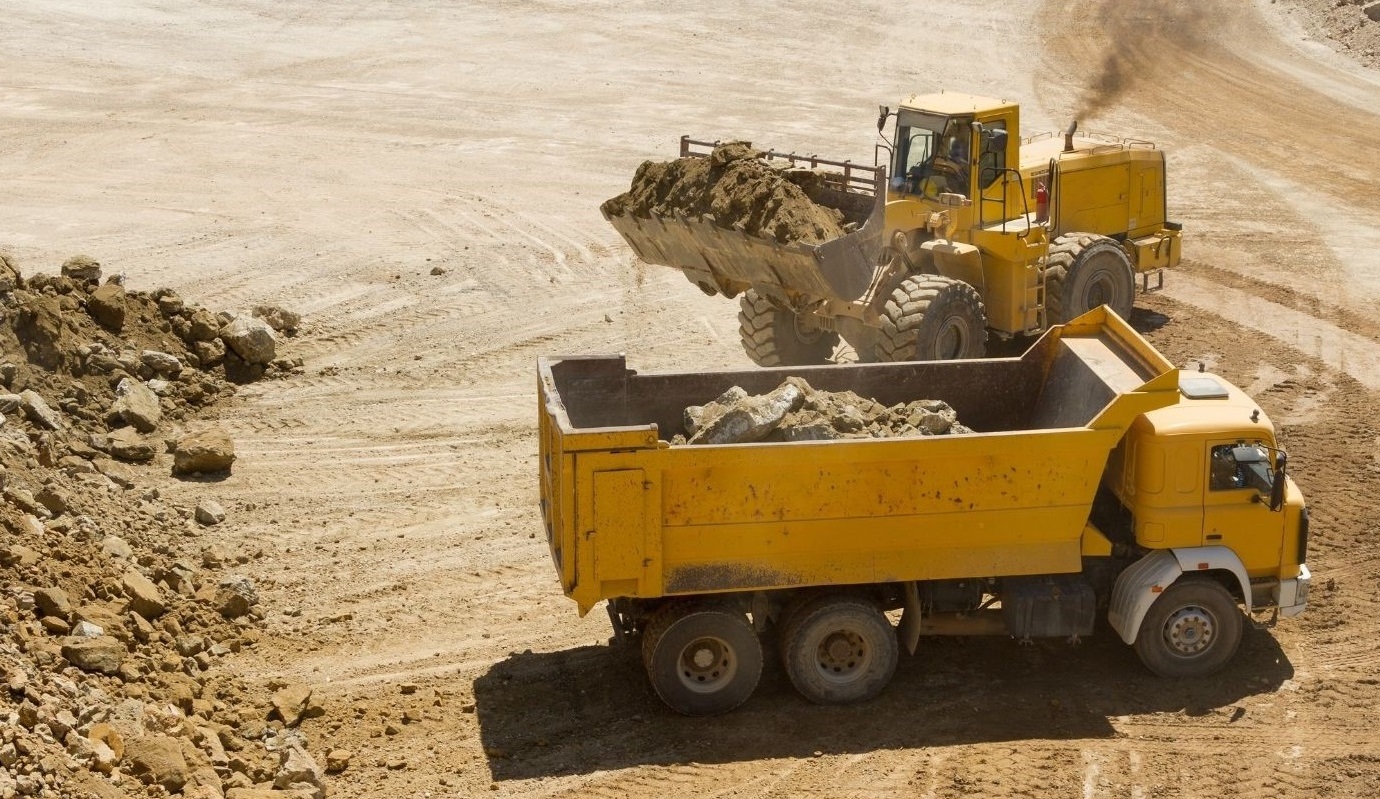
Peak Work Conditions
The Philippines was the fifth country that was able to ratify the Safety and Health in Mines Convention in 1998. The convention was conducted in order to outline the international framework on standards concerning the safety and health of workers in mines. The Mine Safety and Health Standards or the DAO No, 2000-98 was issued during the convention.
Policies and regulations that govern mine safety and the working conditions of those engaged in the industry should be ensured and continuously monitored in order to be maintained well. Since mining is a significant industry that can support other industries such as communication, transportation, and energy, it is important to take into consideration its hazardous nature especially for the safety and health of the workers.
With the ratification of the Convention on Safety and Health in Mines (No. 176) in the Philippines, it further improves the country’s commitment to have an industry standard when it comes to providing safe and healthy workplaces for miners. Suggestions to improve work conditions are the following:
Emphasize the rights and obligations of employers to the employees, including their responsibilities to their contractor and subcontractors. Workers should also know the relevant government agencies they can approach, such as DOLE, and other repercussions and penalties if ever there is noncompliance with the Standards. It is recommended to maintain stipulations clear enough to be understood by everyone working on the operations.
Forums and other spaces to collaborate, develop and implement strategies for safety, health, and environment in the mining operations should be provided and maintained. Workers must know that they must exercise their right to collectively give suggestions to the management about their health and safety, especially including the rights and status of women.
Workers who have been in the mining industry for a considerably long time have been exposed to various safety risks. This is why social protection measures should be available - from employment insurance funds, to mine workers’ welfare funds, to programs and projects for the rehabilitation of workers who have sustained occupational injuries and illnesses.
Given that mining is a temporary activity that causes potential risks for environmental issues, concerns should be addressed when it comes to reducing these potential harms. With the Green Jobs Act in place, it is now also imperative to have a transition to greener options that can minimize the issues and maximize benefits for all stakeholders. A greener work conditions that will prove to be sustainable can give relief to employees and employers alike.
In the end, these peak work conditions keep changing depending on the needs of the workers on site. There should always be an area for continuous improvement, such as skills development, technological upgrades, and commercial growth.
CPC Zambales Donation Drive
Century Peak Corporation (CPC) reached out to the localities in Zambales last October 23-24 as part of their community engagement initiatives CPC Cares 2021. Boxes of face masks were donated to different communities in Zambales in response to the still ongoing health crisis brought on by COVID-19 and also as support to the government’s measure to overcome the pandemic.
CPC representatives personally visited municipalities of Zambales and coordinated with the locals while observing recommended social distancing. Some of the communities that received a fresh supply if 3-ply face masks are the following:
St. Vincent Ferrer Parish Church (3 boxes)
Poblacion, Candelaria, Zambales
Saint Joseph Chapel (1 box)
Malabago, Sta. Cruz, Zambales
Dambana Eucharistic Chapel (2 boxes)
Danacbunga, Botolan, Zambales
Candelaria Police Station (1 box)
Poblacion, Candelaria, Zambales
CPC, through their proactive community engagement, continues to put in the initiatives in order to provide relief and extend assistance to their constituents for their well-being and safety.

Characteristics of Sustainable Mining
Sustainability is the ability of the current generation to consume what they need without sacrificing resources for future generations. It means that the present society has an obligation to keep in mind the needs of humanity ten, twenty, even fifty years from now. The community should be able to have their needs met in consideration of the natural resources that will be used in the future. Sustainability ensures that future generations will have economic security, democracy, and natural ecological systems intact.
Sustainable mining, on the other hand, can be defined as the “goods gained from mining operations should be reinvested continuously in other benefits such as healthcare, education, and culture preservation, etc.” Characteristics of sustainable mining are the following:
1. A portion of profits gained from mining activities should be given back in developmental programs and projects for the upkeep of communities for the long-term.
2. The mining industry should contribute to Sustainable Development initiatives.
3. Each mining activity should maximize environmental, economic and social benefits
4. Operations of mining companies should be financially viable, environmentally sound, socially responsible, and it should provide lasting benefits especially for local communities.
5. Mining companies should maintain sustainability indicators and sustainability performance management.
6. Mineral raw materials needs of society are met, without compromising the ability either of future societies to meet their needs.
7. The natural environment should sustain climate systems, biological diversity and ecological integrity.
8. Reusing, recycling and, disposing of mineral and metal products in the most efficient, competitive and environmentally responsible manner possible.
9. The minerals industry shall improve rather than depress the economic conditions in the countryside and enhance rather than degrade the environment by managing the impacts of mining activities.
10. Rehabilitation of mining affected lands to a productive state after mining should always be in effect.

Key to a more Responsible Resource Management
Responsible mining corporations aim for accountability, and they express this through the integration of the essentials of responsible mining and resource management. Five principles are keys to a more sustainable resource management in mining operations:
A social and environmental assessment objective enough to gauge current progress for all operations must be the starting point for any responsible mining project designs. National governments also mandate these kinds of assessments as soon as a project begins its feasibility planning with standard procedures, and these are generally carried out by third-party consultants. Improved oversight is important from the earliest stages, during the operations, and postoperative procedures as well.
Responsible companies vow for transparency through fostering a culture of openness and information exchange, especially with concerned communities. Both the corporation and communities should be fully open to participate in clear communication pipelines throughout each step of the process. More than giving local communities voices, corporations should pay for citizen participation efforts as they might require access to technical and legal assistance.
Within the mining industry, stakeholders include corporation managers, shareholders, company employees, local communities and residents, and government units that grant permits. Mining companies should also follow some degree of corporate social responsibility (CSR) in order to ensure that all potentially impacted stakeholders are all in agreement that the projects are good for implementation and execution.
Resources in mining locations such as land, food, and water should be maintained. Mining activities should not decrease these supplies to the point of scarcity and deprivation. The prioritization of minerals over people, especially company employees and the localities that are in the area, cannot be allowed. Threats to life through depletion of water and food sources from mining should be minimalized if not completely eliminated. Local government should also be an ally to the mining companies in preventing this as well.
Responsible mining corporations uphold national and international standards as well as practices of corporate and social responsibilities. Better companies possess in-house environmental and social committees wherein they are staffed by professionals to make sure that the corporation follows the best practices of corporate and social responsibility. This ensures that the interests of stakeholders in all social and environmental aspects are duly met in corporate policies and projects.

Dinagat, an Island of Oppurtunities
Safety, Health, and Environmental Development - the three things that Century Peak Corporation (CPC) have been faithfully committed to in the past years.
Century Peak Corporation pledges to responsible mining through effective Safety, Health and Environmental (SHEC) development. As a nickel mining company, CPC strives to be a workplace where employees not only feel like they belong, but also feel like they are in an environment where they can grow. We put in continuous efforts to provide our people the right space where they can bring their talents and passions willingly to the table.
CPC cultivates a sense of culture and community amongst our people but at the same time, we keep our end of the bargain: we execute responsible mining for the utilization of resources to meet the needs of the society and contribute to community development.
We also pride ourselves with employment opportunities wherein there is no discrimination based on religion, skin color, sex, gender, age, or disability. CPC’s strategy to drive forward SHEC development is to create better opportunities for its current staff and future employees as well.
In order to improve Century Peak Corporation’s opportunities to increase diversity in the workforce, we aim to engage with more communities, grow our staff, and retain the best team as well. When it comes to maintaining CPC’s position in the market as a destination of choice for a good and stable workplace, Belonging should be consistent with the following: fair remuneration, equal opportunities to higher position titles, consistent workforce planning and skills training, and unbiased leadership and management.
Furthermore, CPC believes that developing leaders and team compositions should be unbiased and fair as we work towards becoming a reliable choice of workplace from all walks of life, promoting a safe, healthy and rewarding work environment in Dinagat Islands.

Rebuilding Hope
At Century Peak Corporation, hope is what we cultivate.
CPC remains vocal about talks of responsible mining and sustainability as this is very integral with the way we operate, but what does this all really mean to us?
Our lives are shaped by every project, every operation, every community engagement. We acknowledge that we are a part of something bigger, something that will surely outlast any of us here, and that is what makes us work harder and smarter. We are involved, and thus we put in our utmost effort to build and maintain meaningful relationships.
We are proud of our achievements and every milestone reached means giving back to our communities. Being responsible miners to looking after our employees with much care, this is all part of the CPC culture.
The recent years have been very challenging for everyone at CPC. We have assisted communities and helped local economies by forming bonds and partnerships. We allocate appropriate funding in order to provide pandemic relief efforts and other quality of life maintenance and upgrades for employees, households, and barangays.
We, in Century Peak Corporation, are doing what we can do in order to support partner communities as we respond during this difficult time. The best thing that needs to be rebuilt as of this time, more than anything, is hope.

CPC's Approach to Social Performance Improvements
In order to strengthen social performance in Dinagat, one of the best things that CPC learned from our experiences is to carefully listen to community perspectives. We always do our best to understand how our daily operations affect people’s lives. After we listen, we transform what we learn to make more opportunities. Not just for the people, but also to make apt changes for the betterment of our approach as well.
CPC aims to pursue working collaboratively in order to instill positive change in our host communities in Dinagat. This is the main driver for our team, especially our Community Relations team that has been investigating how social and economic change was happening at Dinagat.
Furthermore, it remains important to learn more about the past and what CPC can improve on. Knowledge has always been a corporate value, and earning enough knowledge is a part of our responsibility to the communities we operate in. We also recognize that there is a need to shift perspectives if the need arises, especially if it is to answer the needs of employees and local communities.
There is a huge potential for Dinagat for business and employment opportunities and CPC is fully dedicated to contributing significantly to the long-term resource security of the region. We have worked directly with the community to support local programs that aim to build local capacity and capability, education, health, sanitation, infrastractures, and social engagements for our communities moving forward.
For the long-term, the company’s objective is to maintain stakeholder support through improvement of relationships and wider inclusivity and to fully integrate social and environmental impacts management into our daily operations.
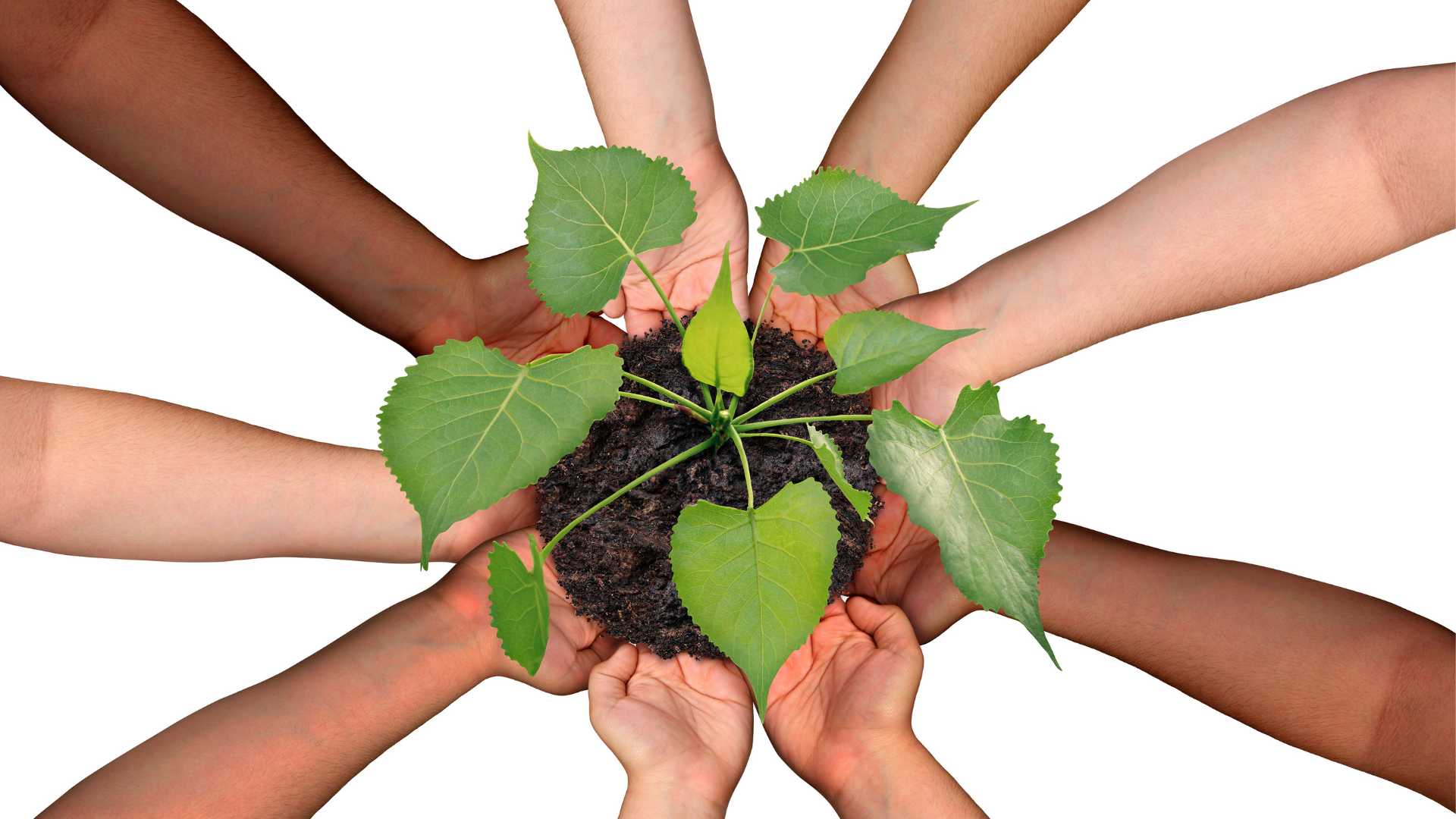
To Mine is to Cultivate: On Community Cultivation
Advancing sustainability has been making good progress in the past 15 years in the mining sector, but mining-community conflict can still be improved. While the root cause of this kind of conflict is complex, the focus should be in community collaborations instead.
One of the areas that can be given much more consideration is the collaboration between corporation and community efforts in order to maintain a clean and consistent source of water. Basic needs such as good water supply should be focused on, and both community and corporations should work together in order to preserve clean water as both parties will be equally benefited.
Maintaining communication and giving voices to the community when it comes to their concerns is also a good way to find the best solution to conflicts and other community-related collaborations as well.
Studies and research are also needed in order to investigate better methodologies when it comes to the sustainable outcomes that will surely outlast traditional engagements with mining communities. This works towards the better practice and implementation of social responsibility strategies, especially if mining companies seek to resolve problems by collaborating with the concerned communities.
An example of this is a comparative analysis of two mining projects in the resource-rich region of Peru. They heavily considered to employ thorough consideration whether creating shared value may yield more sustainable outcomes than traditional corporate social responsibility approaches. They found out that this may be a better solution to reduce conflict between mining companies and communities, and advance the agenda of the UN Sustainable Development Goals.
In the end, it remains imperative that collaborative approaches to shared problems between the corporate entity and the people may reduce mining-community conflict. They should always believe and work towards a common agenda for identifying collaborative projects. Lastly, addressing issues by meeting in the middle improves outcomes for both the society and mining entities.
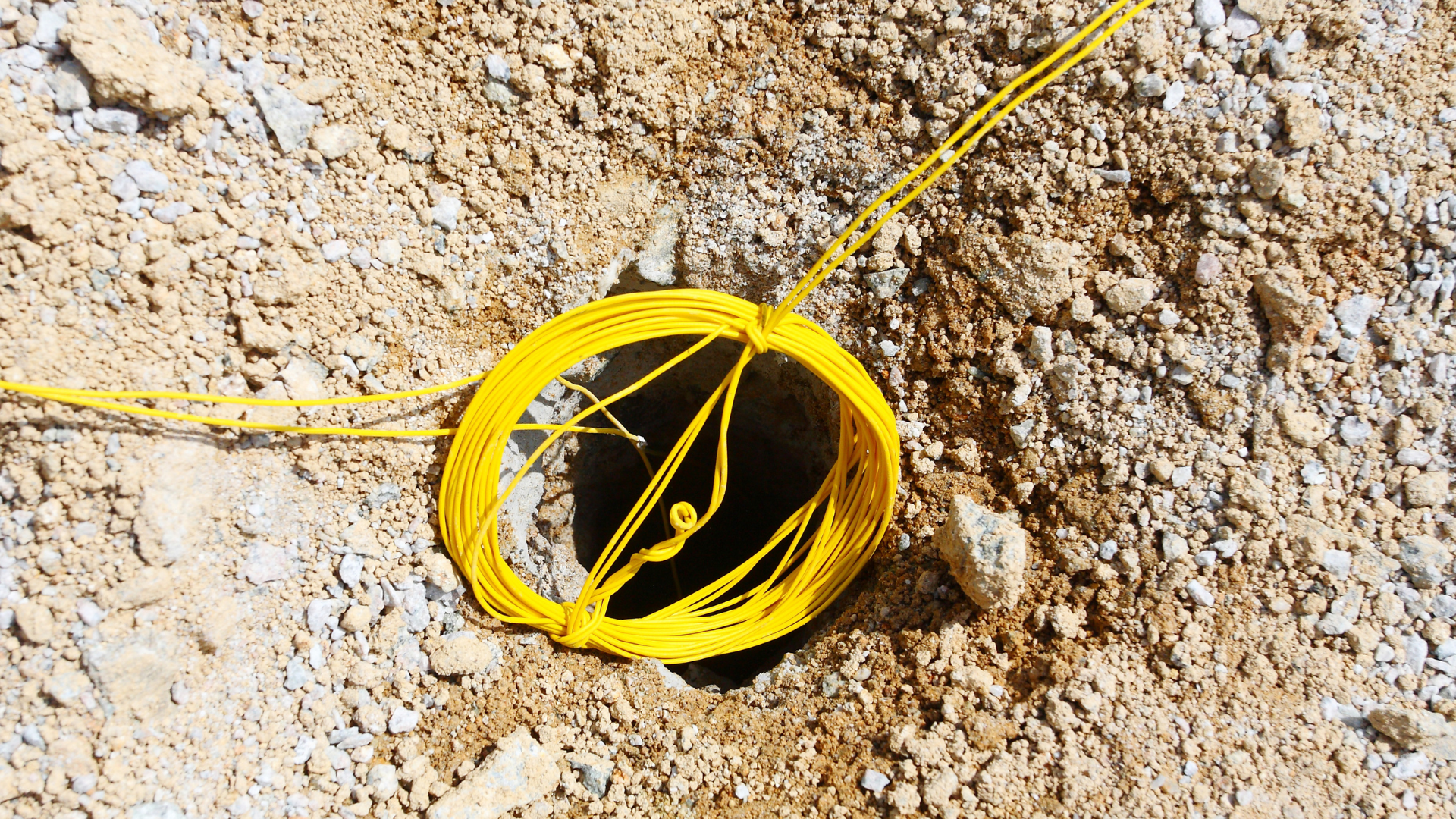
Undermining Myths at the Sites
There are a lot of misconceptions that surround mining, especially when it comes to the mining site and the industry in general. Here are some of these ‘myths’ and what they can actually mean.
When it comes to countries with rich resources like the Philippines, mining is one of the industries that can take advantage of this at a larger, broader scale. The sector helps with assuring the supply of important minerals that can aid technological advancements. Metals such as nickel, gold, and copper are utilized when manufacturing electronics, making its production in demand now more than ever. Mining operations can also be one of the major sources of income for some countries, as well.
Contrary to popular belief, workers in mining sites are fully compensated, complete with benefits and other bonuses for their hard work. Mining workers are usually provided with housing, recreation, healthcare, and other quality of life upgrades in order to help them stay happy and fit for work. Corporations such as CPC also make sure that their workers’ concerns are given voice.
Mining companies make sure to consider biodiversity and ecological balance in their main operations. They follow Corporate Social Responsibility at all times and they also make sure they lend a hand to the local communities with the help of the LGU and other concerned entities. In the Philippines, the Philippine Mining Act of 1995 provide guidelines that assist corporations when it comes to responsibilities, especially to environment protection measures and initiatives.
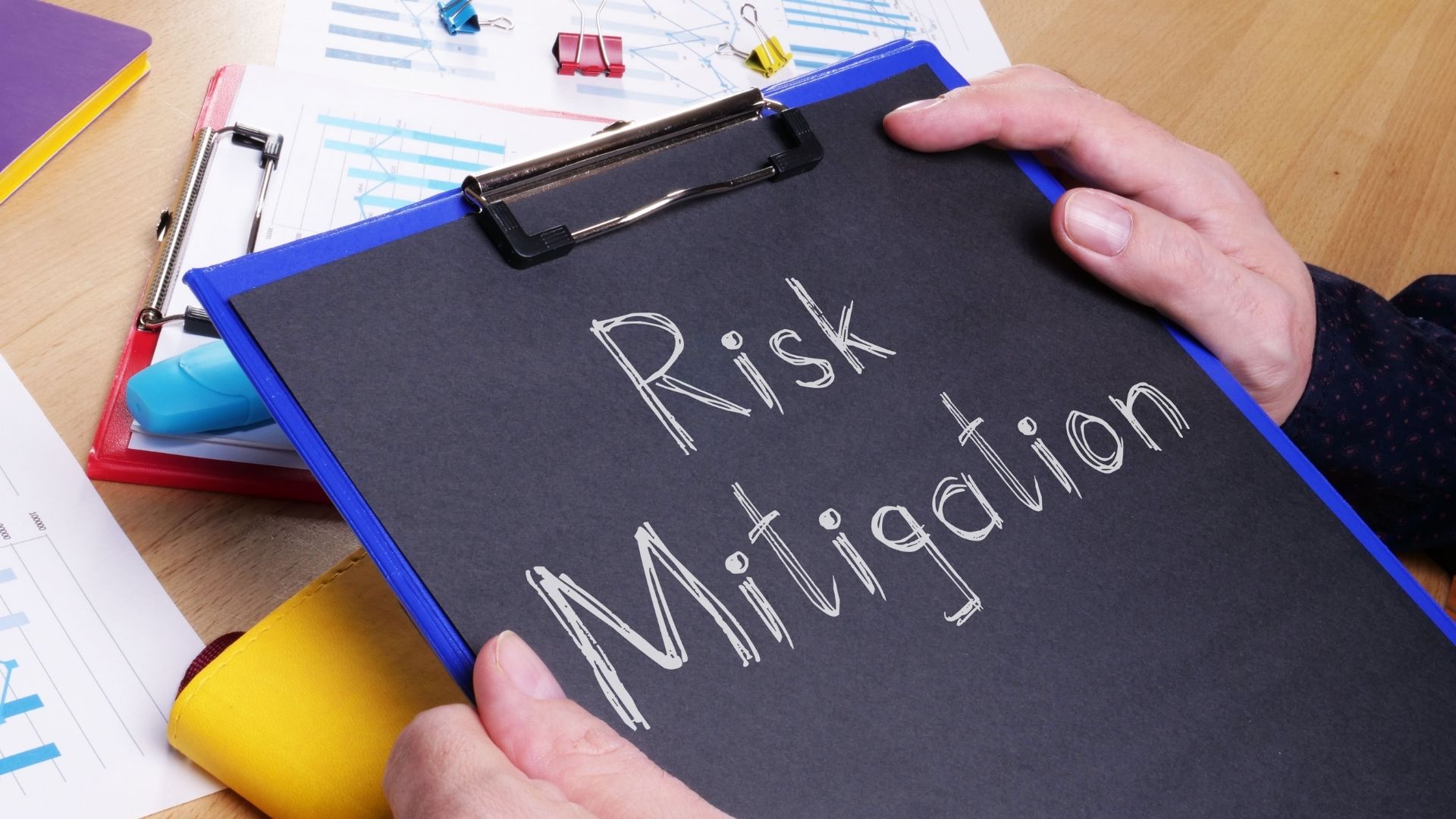
Mining Mitigation Measures. What can we learn?
Activities involved with mining operations include prospecting, exploring, construction in order to maintain, expand and repurpose a mine. These can impact social and environmental systems through a range of positive and negative impacts in various processes.
Mining activities can ultimately yield multiple benefits to different societies, but at the same time, they may also cause conflict. This is not only in relation to above-ground operations but also to sub-surface land use. In a similar fashion, mining activities can alter ecosystems and environments, and there should be remediation and mitigation efforts coming from all stakeholders involved.
Mining regions can be sensitive to impacts coming from mining efforts as native ecosystems and human communities are typically affected by multiple stressors which include climate change and pollution, to name a few.
In line with this, mitigation measures to avoid, eliminate, control, reduce, or compensate for negative impacts and ameliorate impacted systems. Mitigation of these negative environmental impacts is important. What we can learn about mining mitigation measures is to find the most important resources for the mining site and the communities and then find ways to secure them.
An example of this is water. One of the most important resources that should be mitigated is a fresh and clean water supply. Both the mining operations and the communities need a good source of water that is not at risk of contamination.
When implementing mitigation measures, an impact assessment should be done first. Measures should be online after environmental and social impact assessments as these can influence other systems such as the wellbeing of local communities and the environmental biodiversity.
Mitigation measures designed to alleviate the negative impacts of mining on social and environmental systems may not always be effective, particularly in the long term. Little research appears to have been conducted into mitigation measure effectiveness, but in the end, continuous learning from both science and real-life experiences can help tremendously.
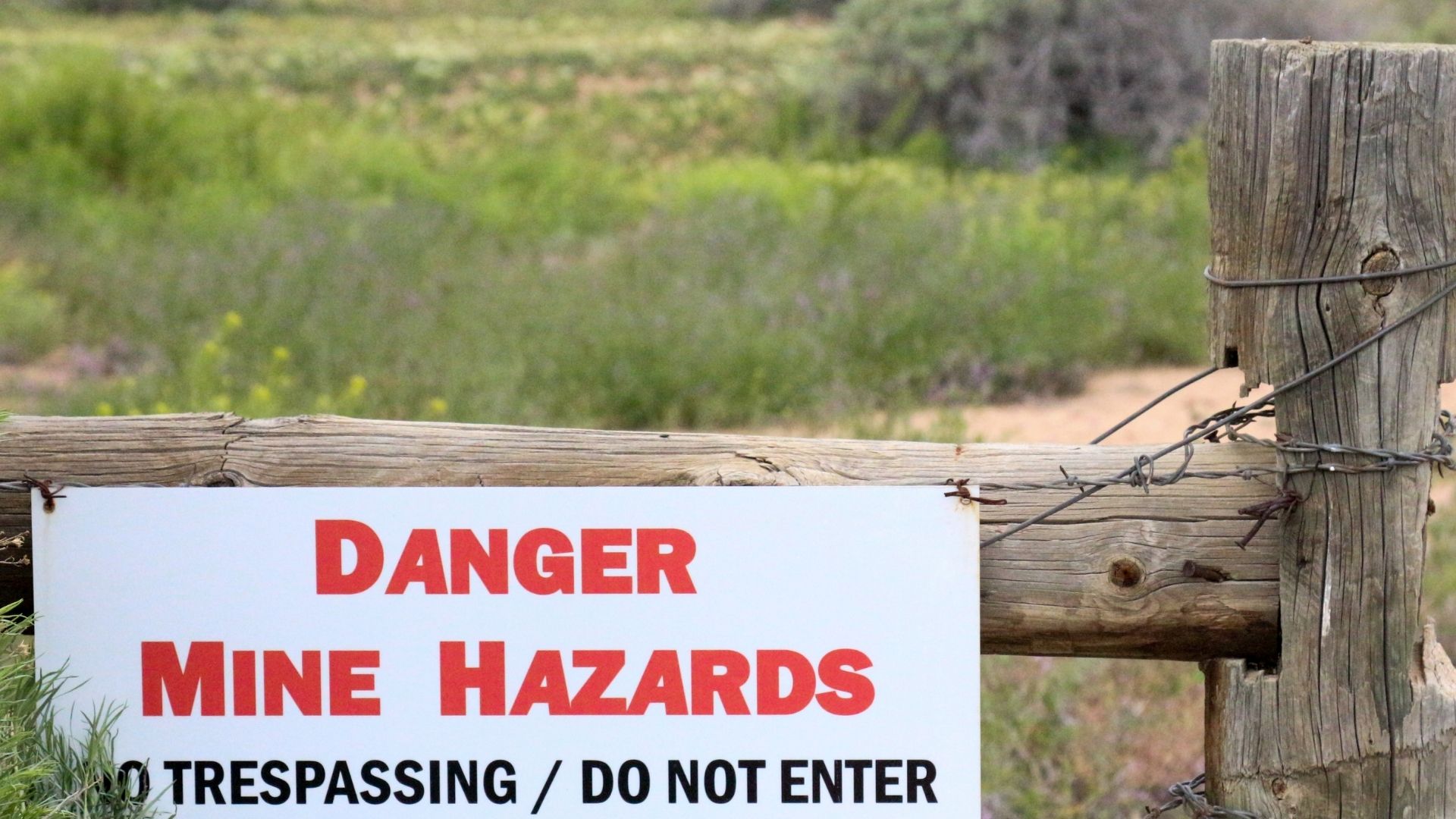
Reducing Hazards at the Mine: The Role of Technological Advancements
In order to strengthen social performance in Dinagat, one of the best things that CPC learned from our experiences is to carefully listen to community perspectives. We always do our best to understand how our daily operations affect people’s lives. After we listen, we transform what we learn to make more opportunities. Not just for the people, but also to make apt changes for the betterment of our approach as well.
CPC aims to pursue working collaboratively in order to instill positive change in our host communities in Dinagat. This is the main driver for our team, especially our Community Relations team that has been investigating how social and economic change was happening at Dinagat.
Furthermore, it remains important to learn more about the past and what CPC can improve on. Knowledge has always been a corporate value, and earning enough knowledge is a part of our responsibility to the communities we operate in. We also recognize that there is a need to shift perspectives if the need arises, especially if it is to answer the needs of employees and local communities.
There is a huge potential for Dinagat for business and employment opportunities and CPC is fully dedicated to contributing significantly to the long-term resource security of the region. We have worked directly with the community to support local programs that aim to build local capacity and capability, education, health, sanitation, infrastractures, and social engagements for our communities moving forward.
For the long-term, the company’s objective is to maintain stakeholder support through improvement of relationships and wider inclusivity and to fully integrate social and environmental impacts management into our daily operations.
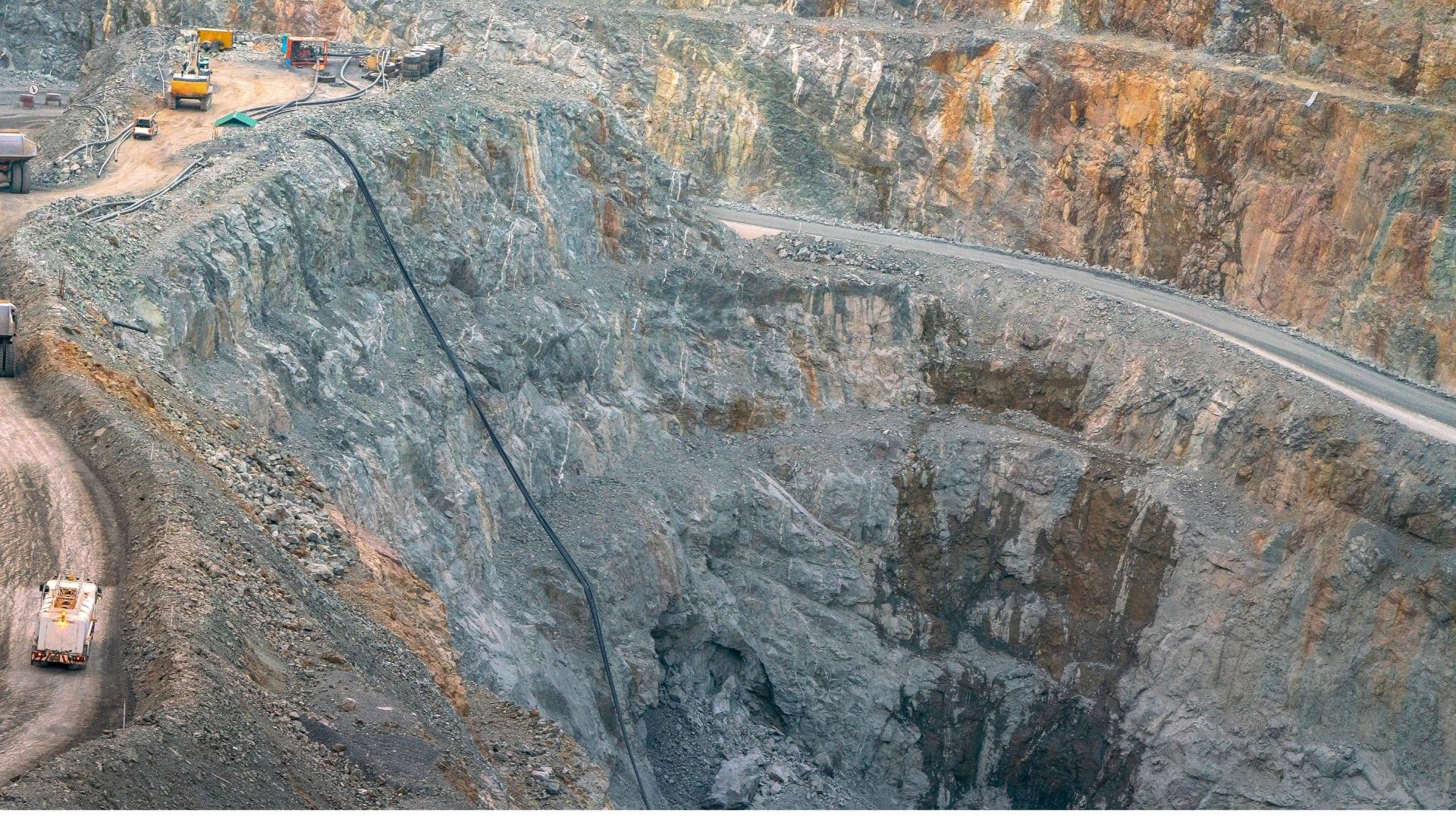
Mining Industry Career Guide
In the Philippines, the mining industry is playing a very important role in the pursuit of industrial development because of the sector’s ability to give mineral resources that serve as raw materials for manufacturing, construction, utilities, transportation, and communications. The mining sector is also a major contributor of foreign currency through the exports of mineral ore and other processed mineral products. The sector also provides good employment to communities in far-flung areas where the only source of economic activity is from natural resources.
Careers in the mining industry are improving for the time being. Mining workers with certified skills and adequate work experience can move towards setting up with own enterprises in the future, undertaking subcontracting jobs for underground mining and development, tunneling projects, and drilling operations. These can be considered to be independent service providers whose services and operations can be subcontracted by large-scale firms interested in outsourcing certain services and products.
Another entrepreneurial option is outside of mining and quarrying operations through the pursuit of livelihood programs involving livestock and processed food production. Together with the corporate social responsibility (CSR) functions of mining companies, livelihood programs such as livestock, aquaculture, meat processing, and coffee and vegetable production among its employees.
Because of the global economic crisis last 2008, the demand for metals had a negative impact on the Philippine mining industry. In 2011, though, prospects for employment and expansion became moderately good when it comes to output and employment growth. The increase in the production volume of the country’s top three minerals namely: gold, copper, and nickel provides a good indication of prospects within the next decade.
The country has seen an upsurge in foreign mining investment since 2005 when the Supreme Court decided to mandate the Mining Act of 1995 However, it is also important to consider the issues raised by special interest groups which have been campaigning against mining operations because of environmental concerns. Such efforts for a good compromise should continue when encouraging mineral processing activities.

Unearthing the Potential Growth of the Philippine Mining Industry
According to Environment Undersecretary Analiza Teh, the potential of the mining sector in the Philippines has yet to be completely realized, and that it is possible to be at the forefront of economic development.
One of the biggest goals now is to maximize the potential to boost the growth of the mining sector without compromising the protection of the environment and ensuring the sustainability of mining activities at the same time.
Teh also highlighted five mining projects with the biggest contribution to the mining sector of the Philippines, namely the Tampakan Copper-Gold, Kingking Copper-Gold, Silangan Copper-Gold, Pujada Nickel, and the Balabag Gold-Silver. These mining projects are expected to bring billions of dollars worth of revenues from their operations.
Even though these have good potential, it should not be forgotten to address the problems of environmental degradation, unsustainable mining practices, and human rights violation in order to ensure the success of these projects.
In order to be able to maintain a balance between the implementation of these projects and the reduction of negative environmental impacts, the government and the industry need to work on improving public perception and enhancing public confidence through the implementation of responsible mining.
Even though these have good potential, it should not be forgotten to address the problems of environmental degradation, unsustainable mining practices, and human rights violation in order to ensure the success of these projects.
Nowadays, the rise of the nickel sector has created an opportunity for Philippine nickel miners to alleviate the need for nickel ore following Indonesia’s nickel ore export ban. Last year, the Philippines became the second-biggest nickel ore supplier to China as the country became China’s top source of the material used in stainless steel and batteries, and will likely maintain that status in the upcoming years.
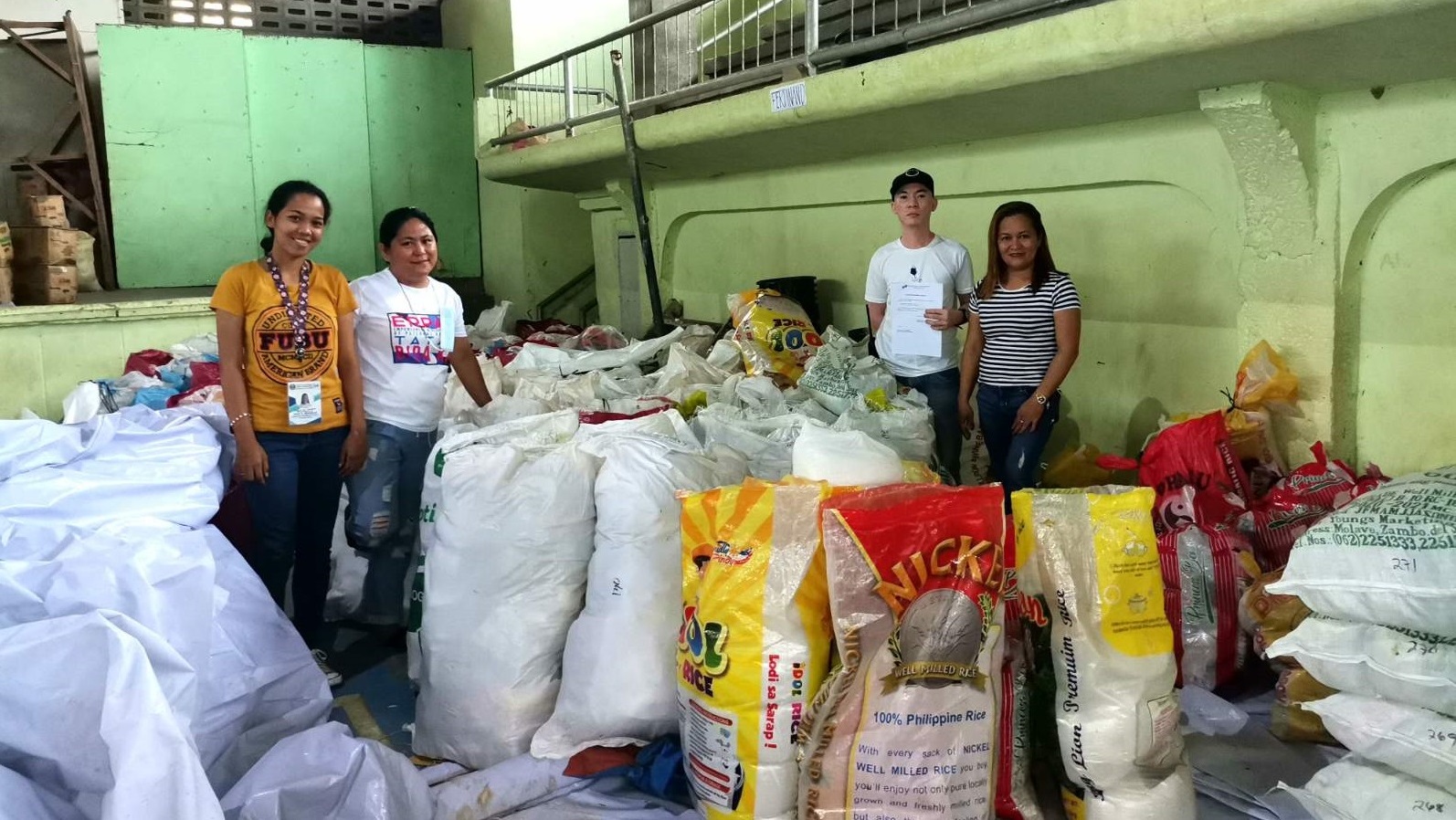
Typhoon Odette Donations
Last December 2021, Typhoon Rai (local name Odette) brought highly dangerous torrential rains, violent winds, landslides, and storm surges. Most of the wrath was felt in the provinces of Surigao del Norte and Dinagat Islands in Mindanao, in five provinces of Visayas, and in the island of Palawan in Luzon before it exited the Philippine area of responsibility on 17 December.
The estimated total affected population in the Caraga Region, according to the Department of Social Welfare and Development (DSWD), is 394,427 families (approximately 1.5 million persons) as of 24 February 2022.
Century Peak Corporation (CPC) was able to give support to the response to provide much-needed aid to the most vulnerable communities in the hardest-hit areas in Dinagat Islands. CPC successfully distributed 108 sacks of rice and 1,038 packs of groceries through the Local Government Unit of Loreto as of 21 January.
In order to express CPC’s concern and solidary, this initiative was part of CPC’s mission to make sure the communities are safe, well-fed, and assisted to meet their basic needs, especially at times of natural disasters and emergencies.
CPC is grateful to everyone who assisted us to extend our help to alleviate the effects of the super typhoon.
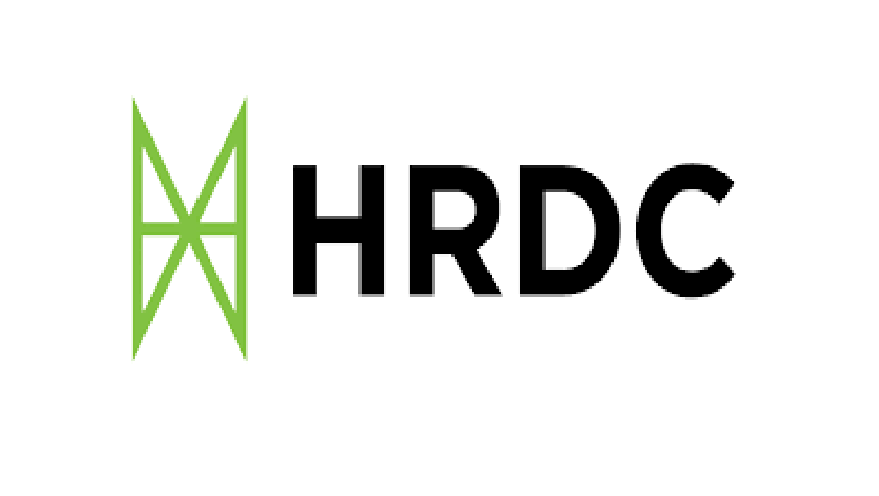
Meeting with the Mine Rehabilitation Fund Committee
The Mine Rehabilitation Fund Committee (MRFC) focuses on improving and strengthening further its systems and initiatives to achieve more effective implementation and monitoring of environmental programs by mining contractors and permit holders.
The Mine Rehabilitation Fund (MRF) is established and maintained by each operating mining permit holder/contractor as a reasonable environmental deposit to ensure the availability of funds to implement the commitments and activities stated in the Environmental Protection and Enhancement Program (EPEP) and the Annual EPEP which is a mandatory requirement when applying for a mining permit or contract.
Century Peak Corporation had a meeting with the Special Mine Rehabilitation Fund Committee (MRFC) last February 14, 2022, at MGB-13 Training Center, Surigao City. This was done in order to deliberate the 2022 Annual Environmental Protection and Enhancement Program (AEPEP) as well as the 2022 Annual Social Development and Management Program (ASDMP) for CPC-Nickel Mining Project and CPC-Parcel II Nickel Project.
Kudos to all attendees and participants! CPC is now 2022 AEPEP and 2022 ASDMP approved!
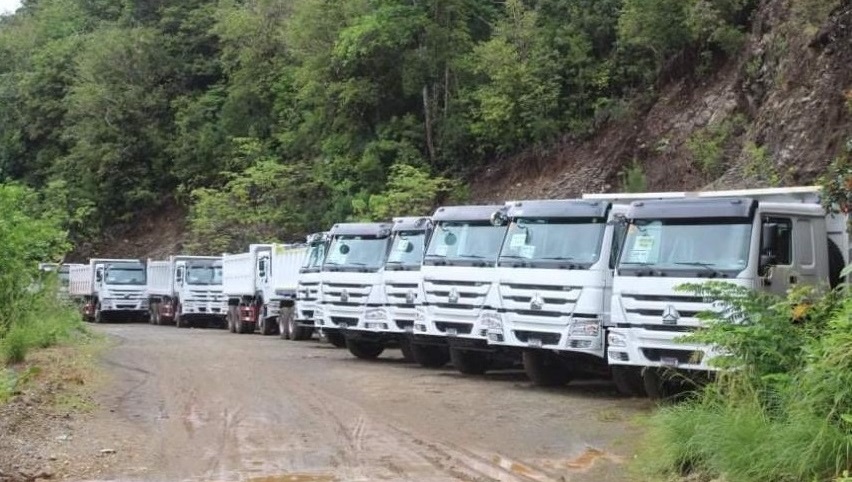
Blessing of New Equipment at Sitio Marayag
At Century Peak Corporation, we aim to provide what is needed at the site, and more. CPC has always been active in lending an open ear to our stakeholders, communities, and our people. For our operations, especially, we aim to procure the best and the safest tools, materials, vehicles, and machines in order to give our workers peace of mind while they work.
Last March 2, 2022, at Sitio Marayag, a new batch of thirty-four (34) dump trucks have been blessed to start its function as soon as they are available for operations. The blessing was officiated by Rev. Fr. Julius F. Senados, PACEM of the Roman Catholic Church.
The dump trucks will be used for CPC operations, to give our people safer and better equipment as they continue to do honest work that remains to be the backbone of our performance as a whole. We have always been grateful to our partners and our workers who never failed to help us with the execution of our mission and vision of safer, more responsible mining operations here in the Philippines.
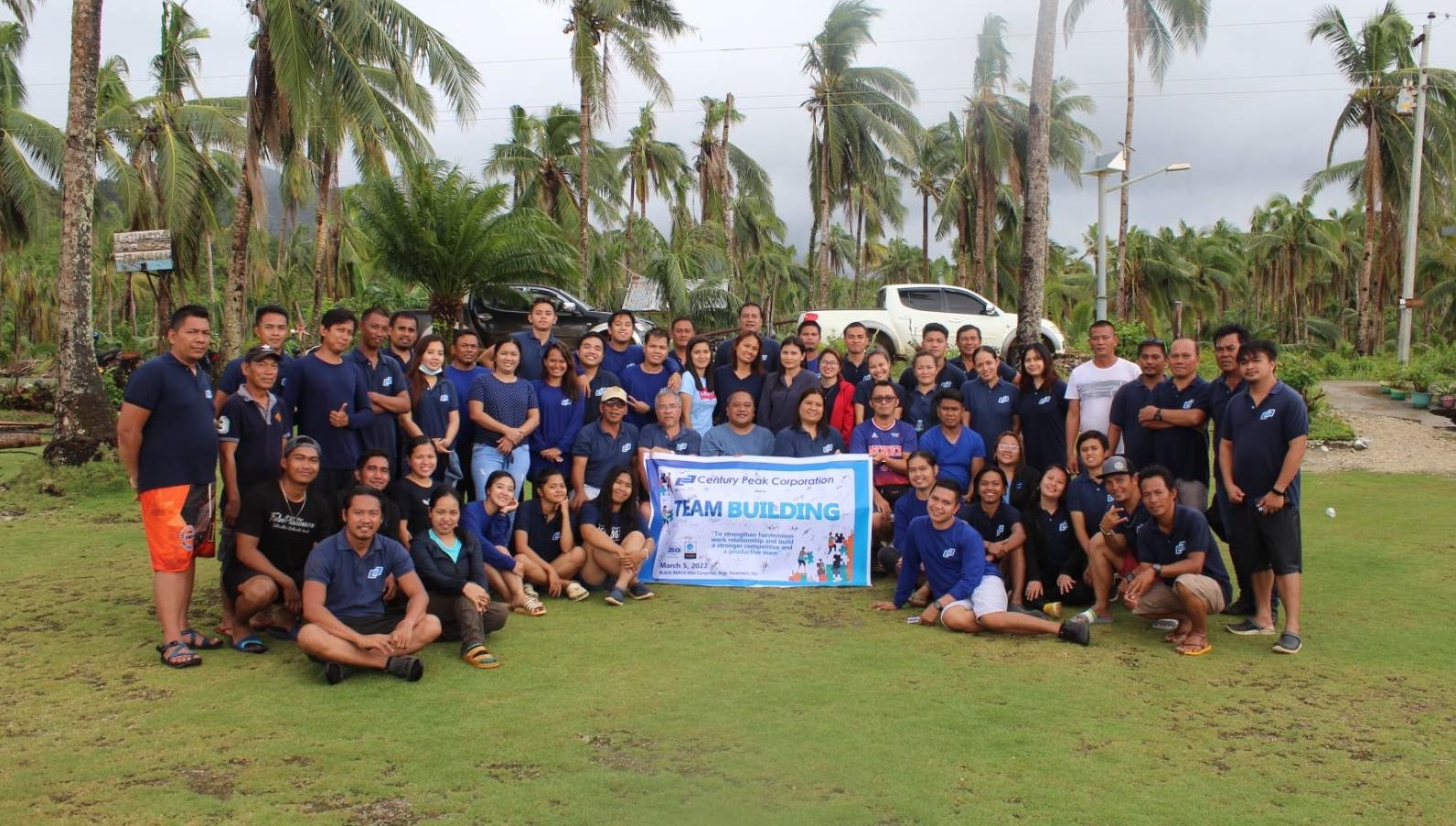
Team Building at Campintac, Panamaon
In order to give our beloved staff not only a well-deserved break but also giving them an avenue to forge bonds of friendship and camaraderie amongst each other, Century Peak Corporation conducted a company team building last March 5, 2022, at Black Beach No. 2, Campintac, Panamaon, Province of Dinagat Islands.
While enjoying the view of the shoreline, the CPC staff had a lot of fun activities such as several games that required intense teamwork and cooperation, and then they were served food they were able to enjoy.
This one-day team-building was able to instill a lot of learnings within our people, and one of them is reminding them how grateful CPC has always been for the quality work they have given us, as well as how important and vital they are to the team.
Century Peak Corporation, through our employee welfare
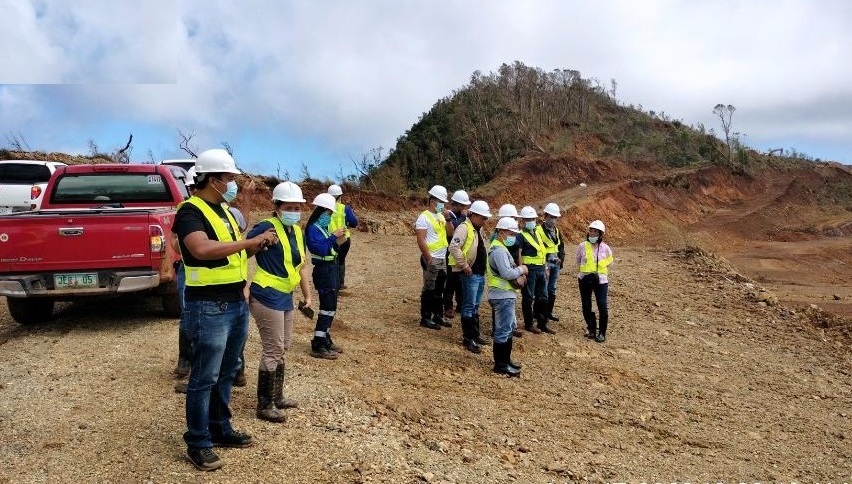
Multi-Partite Monitoring Team for Nickel Mining Project
The Multipartite Monitoring Team is an independent entity whose responsibility is mainly to assist the Department of Energy and Natural Resources in monitoring the environmental impacts of various activities together with making sure that all projects and operations are in compliance with the Philippine EIS System requirements and other environmental laws.
Being a community-based multi-sectoral team organized for the purpose of monitoring the proponent’s compliance with ECC conditions, EMP, and applicable laws, rules, and regulations, the team is composed of representatives of the proponent and of stakeholder groups, including representatives from the Local Government Unit, accredited Non-government Organizations, the community, the local EMB Regional Office, and other sectors that may be identified during the negotiations.
Last March 17 to 19, an MMT Inspection of Century Peak Corporation, specifically the Parcel II for CPC-Nickel Mining Project, was conducted. The objective of this inspection is to validate the implementation of the approved Annual Environmental Protection and Enhancement Program (AEPEP) including the Safety and Health Program and SDMP.
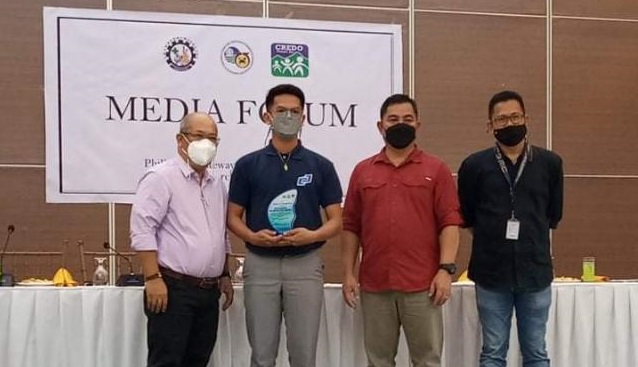
CPC gets recognized by MGB13, CREDO, CCMI
Century Peak Corporation receives a Plaque of Recognition from MGB13, CREDO, and Caraga Chamber of Mines Inc.
The Mines and Geosciences Bureau (MGB) is a government agency under the Department of Environment and Natural Resources (DENR) and the Mines and Geosciences Bureau Region 13 or MGB13 governs the Caraga Region, which is located in the northeastern part of Mindanao. It includes the five provinces of Dinagat Province, Surigao del Norte, Surigao del Sur, Agusan del Norte and Agusan del Sur. MGB13 is in collaboration with the Caraga Chamber of Mines Inc. and the Community Relations, Education and Development Officers Organization-Caraga, Inc.
The Philippine Information Agency (PIA) Caraga Regional Office and Surigao City media practitioners participated in the activity. Resident Mine Managers, key personnel from Caraga mining companies, and various mining stakeholders were in attendance as well.
The activity concluded with the Closing Remarks of Mr. Alex C. Arabis, CREDO Caraga, Inc. President, and PGMC Community Relations Manager. The activity aimed to heighten public awareness of disaster preparedness, emergency response, rescue efforts, and relief assistance.
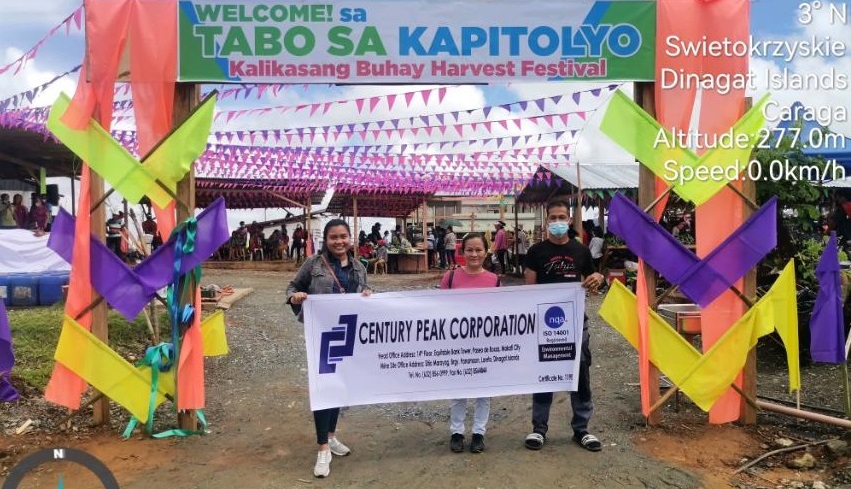
CPC Supports Tabo sa Kapitolyo
Tabo sa Kapitolyo is organized by the Provincial Economic Response Team of the Provincial Government led by Governor Kaka Bag-ao. This initiative is made as a way to rack up local sales and income for the farmers, fisherfolk, and small businesses in the Province of Dinagat Islands. Food is made secure through fresh and affordable goods for every household, especially in the middle of the COVID-19 pandemic.
This project is held every Thursday at the Provincial Capitol, and last March 25, 2022, the Century Peak Corporation went to the project site to give their support not only to the project itself but also to the local vendors. Local produce is sold at a reasonable price making it affordable to ease the burden on consumers.
CPC urges its constituents to buy local and support our farmers, fisherfolk, and small businesses.
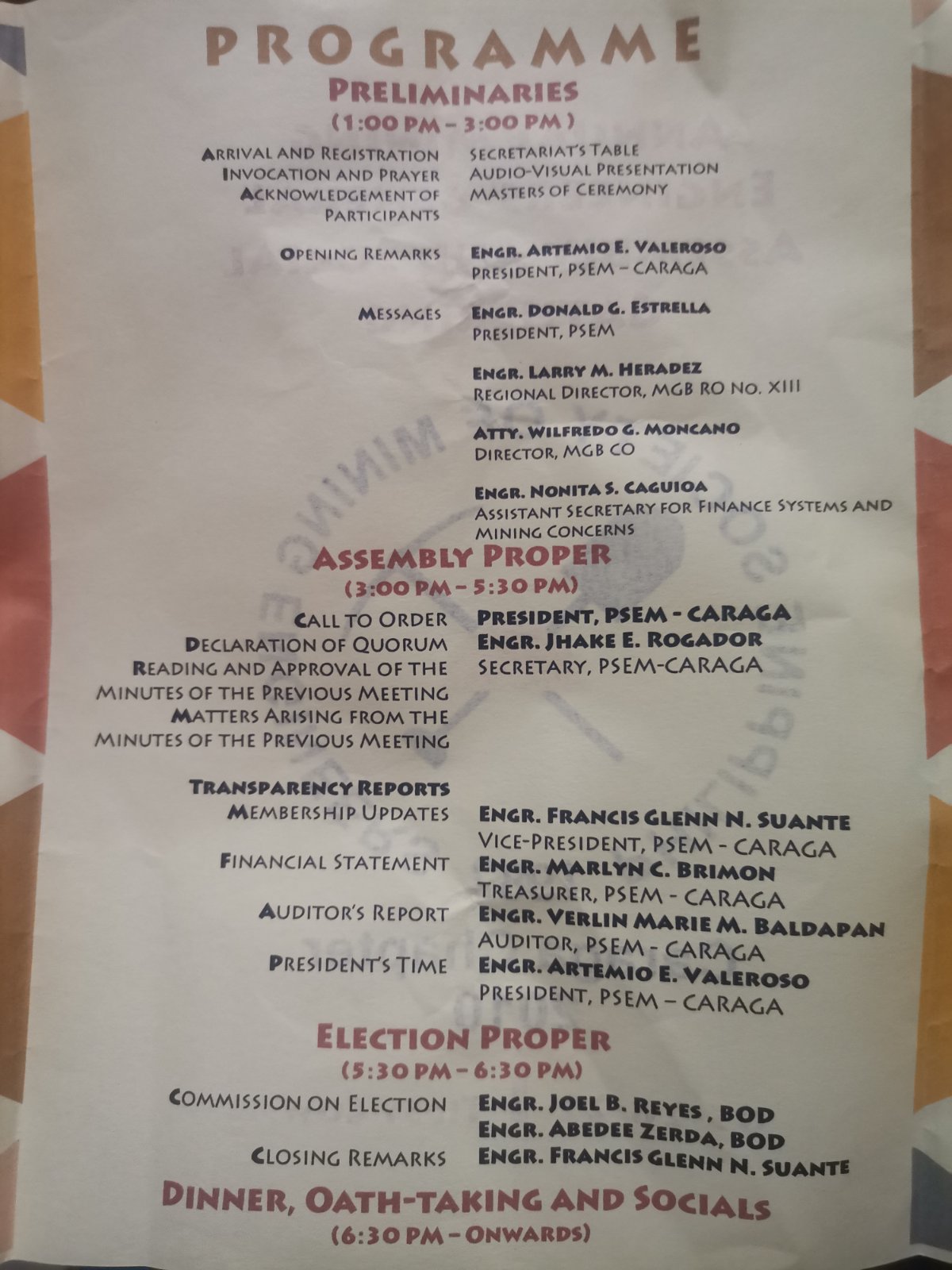
First Quarter Multi-Partite Monitoring Team
First Quarter Multi-Partite Monitoring Team (MMT) Monitoring and Inspection for both Tenements on May 23 to 28, 2022.
Last May 23 to 28th of 2022, the Century Peak Corporation (CPC) was successful in their first quarter multi-partite monitoring and inspection for both Tenements. The Multi-Partite Monitoring Team or the MMT is an independent entity whose membership represents primarily the stakeholders or the public that is intended to assist the DENR in monitoring environmental impacts and compliance with the Philippine EIS System requirements and other environmental laws as a third party entity. The MMT scheme is intended to enhance participation and transparency at the post-ECC issuance stage of the EIA Process.
The MMT members that were in attendance for this monitoring and inspection event were Engr. Quenniebeth Plaza as the team leader of MGB13, Hon. Alan L. Limpuasan from BLGU-Esperanza, Hon. Sueta P. Canales from BLGU-Panamaon, Mr. Leonyl Vic P. Semorlan as the PENRO Represenative, Engr. Gerric Bagaso from the MENRO, Mr. Erik U. Pelismino as the MHO Representative, and Mr. Jerome P. Tubo from the NGO - REACH Foundation. Though, a religious sector representative was not in attendance for this MMT monitoring and inspection.
The result of the assessment made by the Multi-Partite Monitoring Team will help determine effectiveness of anti-pollution interventions already done in the area and ensure compliance to environmental policies by those concerned.
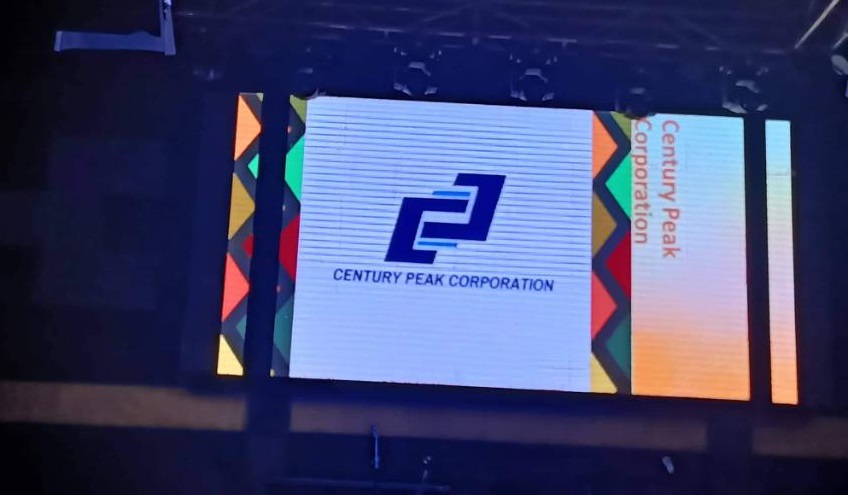
Annual Mining Engineers' General Assembly
Last May 28, 2022, the Century Peak Corporation received an honor to be invited to the Annual Mining Engineers’ General Assembly and Social Gathering. Tipsy Cow at Surigao City was the major sponsor of the event.
The main programme began with its preliminaries at one in the afternoon and ended at half-past six in the evening to allow the rest of the evening for socials. CPC sent five representatives for this event, namely: Engr. Edgar D. Gillo, Engr. Kenneth C. Tuleles. Ms. Gay L. Espinal, Ms. Kin Delos Reyes, and Ms. Joyce Clemente.
Preliminaries of the program included arrival and registration, invocation and prayer, acknowledgement of participants, opening remarks, and important and uplifting messages from Engr. Artemio E. Valeroso as the President of PSEM-CARAGA, Engr. Donald G. Estrella as the Presidenrt of PSEM, Engr. Larry M. Heradez as the Regional Director of MGB RO No. XIII, Atty. Wilfredo G. Moncano as the Director of MGB CO, and Engr. Nonita S. Caguioa as the Assistant Secretary for Finance Systems and Mining Concerns.
This was followed by the assembly proper, which consisted of the call to order, declaration of quorum, reading and approval aof the minutes of the previous meeting, and matters arising from the minutes of the previous meeting. This was all led by the PSEM-CARAGa President, Engr. Jhake E. Rogador. Transparency reports were also presented - membership updates from Engr. Francis Glenn N. Suante, financial statement from Engr. Marlyn C. Brimon, auditor’s report from Engr. Verlin Marie M. Baldapan, and president’s time with Engr. Artemio E. Valeroso.
Election proper took place afterwards with commission on election representatives Engr. Joel B. Reyes and Engr. Aberdeen Zerda. Closing remarks were given by Engr. Francis Glenn N. Suante. Dinner, oathtaking, and socials covered the remainder of the night.
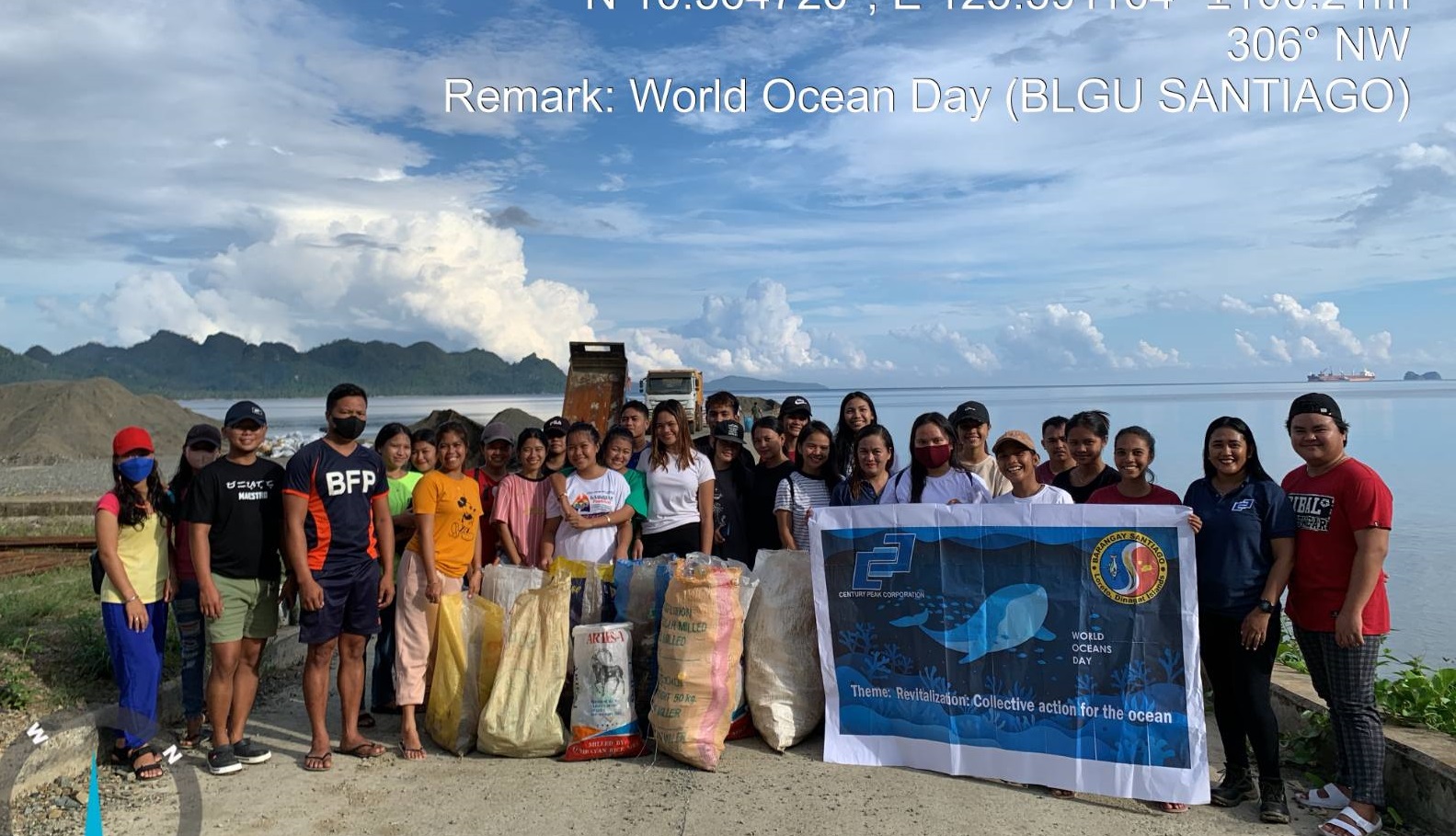
World Oceans Day
This year, the United Nations hosted the celebration of World Oceans Day on June 8, 2022 with the theme of “Revitalization: collective action for the ocean”. World Oceans Day reminds every one of the major role the oceans have in everyday life.The purpose of the World Oceans Day is to inform the public of the impact of human actions on the ocean, develop a worldwide movement of citizens for the ocean, and mobilize and unite the world’s population on a project for the sustainable management of the world's oceans.
Hosted by the Division for Ocean Affairs and the Law of the Sea of the Office of Legal Affairs of the United Nations, with the generous contribution of the non-profit organization Oceanic Global, and made possible by La Mer, this year’s annual event will shed light on how we can work together to ensure the ocean’s health and well-being.
With the need for the protection of the ocean and the sustainable management of its resources, the Century Peak Corporation decided to celebrate alongside the United Nations through a bayside cleanup and other group activities. This was conducted on June 8, 2022 at Brgy. Santiago from Purok 2 to Roro Port. This event was possible in partnership with BLGU-Santiago, SK Santiago, BFP-Loreto, Loreto Academy students and faculty. Afterwards, a Pangatkatan with CPC employees in the afternoon was also conducted in the same day.
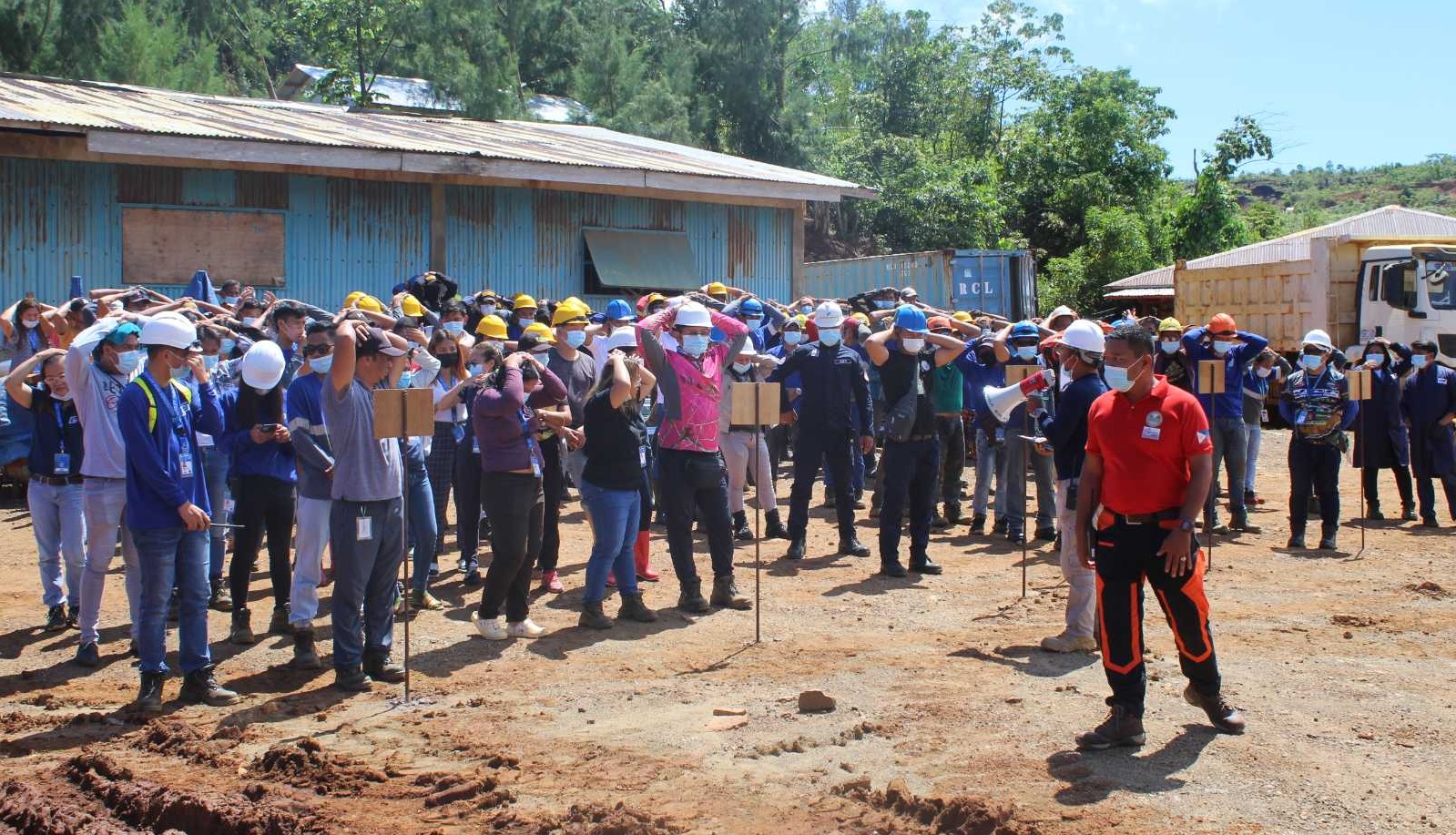
CPC Earthquake Drill
In partnership with the MDRRMC, Century Peak Corporation (CPC) conducted an Earthquake Drill last June 24, 2022.
They have masterfully employed the strategy of "drop, cover, and hold" as the appropriate action to reduce injury and death during earthquakes. In most situations, if shaking occurs or if there’s an earthquake alert, immediately drop low, with hands and knees on the ground. This position protects people from being knocked down and reduces the chances of being hit by falling or flying objects. After that, cover the head and neck with one arm and hand. Hold on until the shaking stops.
Taking the proper actions can save lives and reduce the risk of injury. Everyone, everywhere, should learn and practice what to do during an earthquake, whether at home, work, school, or traveling. Earthquakes occur without any warning and may be so violent that no one can run or crawl. People will most likely be knocked to the ground where they happen to be.
As with anything, practice makes perfect. This is why earthquake drills should be practiced and taken with utmost seriousness. CPC conducts earthquake drills regularly and ensures that there are always safety measures in place in case there is an unexpected natural phenomenon occurring, especially around work mines.
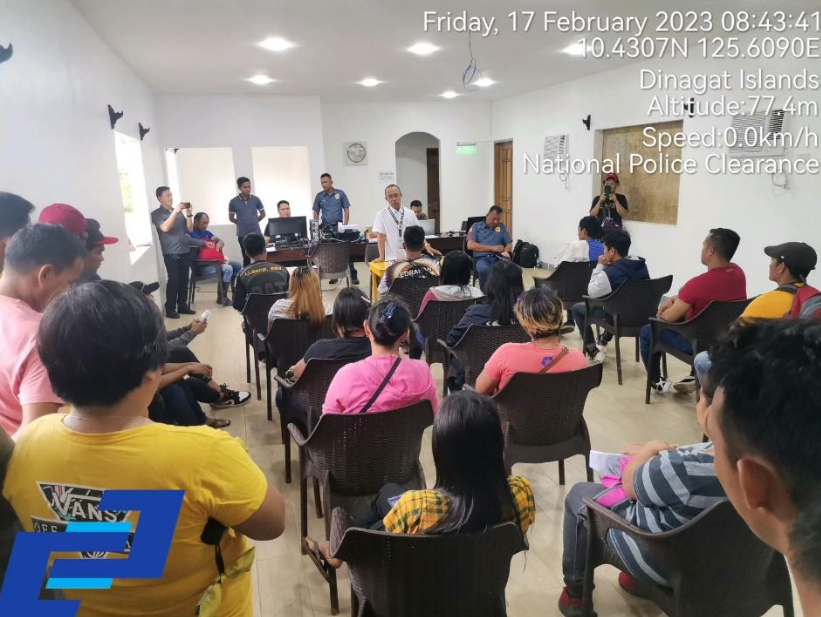
Issuance of National Clearance at CPC Dinagat Headquarters
Last February 17, the local government unit of Loreto (LGU-Loreto) requested the Provincial Office of Dinagat Islands to implement a 3-day issuance of the National Police Clearance at the CPC Dinagat Headquarters.
The main agenda was to give logistical support to the job applicants for the upcoming mining season. This initiative successfully made acquiring job application requirements such as police clearance easier and more convenient, minimizing travel time and expenses since the community usually acquires their clearances from the local offices in San Jose, three (3) hours away from the CPC Headquarters.
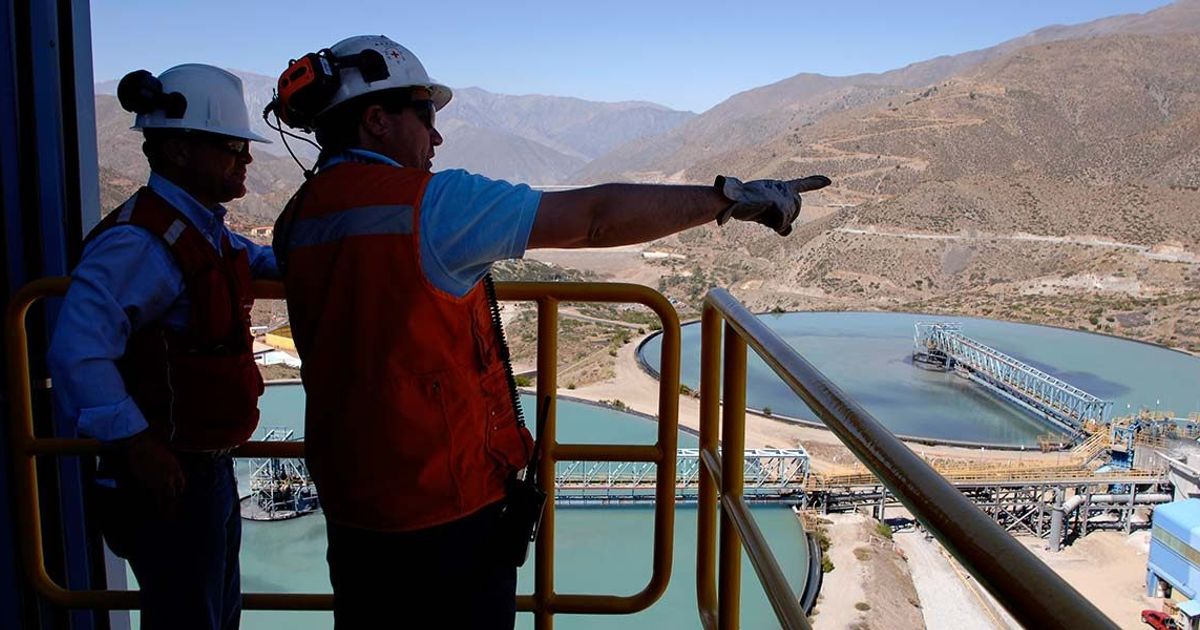
Top 3 mining trends of 2023 you cannot miss
Considering the nature of the mining industry, it is not common to look up to industry trends unlike fashion, beauty, and other similar brands. New mining trends have the tendency to be slow to rise, but once they gain the right momentum, these trends stick around for a long time.
As we enter 2023, some trends continue to persist amidst the changing times, and some reflect the industry’s current attempts at upgrading and upskilling. Some are driven by external changes, such as inflation and rising energy costs.
These are the top three mining trends to watch out for:
As part of the ongoing mining trends, automation continues to grow big within mining laboratories. The main focus here is to improve efficiency. Ore grades decline, and this is one of the vital upgrades that has been taking over the industry. Supported by data analysis, it was proven that automation helps miners to make their processes more efficient and get more from their ore.
High-quality ore began to grow scarce in different mine sites as well, especially in the Northern parts of the world, and many miners choose to turn back to remote locations they have previously turned down since current mine sites start to become more difficult to reach and work with. Automated solutions can reduce the risks and increase safety for everyone involved.
Copper, zinc, aluminum, nickel, and lithium are dubbed as ‘green metals’ and are crucial to the understanding of energy transitions. These materials are vital in the production of wind turbines, batteries, and electric vehicles. Mining companies should jump on this bandwagon and focus their investments on the exploration of new ore deposits of these ‘green metals’ to maximize the efficiency of the mining operations and processing plants.
Not only the mining companies can look into exploring the possibilities of the worth of these metals but also the usage of electric vehicles for manpower transport can also help with site operations.
To increase production and cope with various demands, many mining companies began to process more secondary materials in their smelters. Because of this development, the interest in the analysis of scrap and recycled materials on conveyor belts increased.
As we navigate the post-pandemic world, materials analysis can help shape the future of the mining industry. Since it has a key role to play in helping mining companies take full advantage of them, particularly when it comes to digitalization and automation.
These top mining trends should help when it comes to traversing the future. The mining industry continues to flourish with all these mining trends this year.
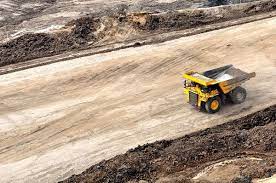
The future of mining and metals this 2023
For the mining and metals industry, the post-pandemic world has given the sector geopolitical risks and inflationary pressures for investors and firms. Mining companies continue to make acquisitions and investments knowing that whatever turbulence they face today as 2022 proved remarkably tumultuous for commodities markets.
The biggest concerns for 2023 that most firms worry about seem to be higher energy costs, shifting supply chains, and climate-related regulation and activism. Despite shared concerns, there is surprisingly little agreement on what the economic outlook is, how market players will respond, or what will be the pervasive theme for the year ahead.
As the energy transition, decarbonization, and shifting consumer and policy preferences accelerate, new entrants and longstanding participants alike need increasingly refined understandings and plans for specific segments of minerals and metals. The lack of clarity regarding the global macroeconomic outlook is believed to be considered most likely to underperform in 2023 by our respondents: iron ore, coal, and gold.
Iron ore is most likely to fall flat in 2023, followed by coal and gold. Despite recent declines in major inflation indices pointing to an easing of inflationary pressures across major economies, there's reason to believe an inflation upside remains for the year ahead. Climate change response, as well as energy transition and managing supply chains and labor continue to dominate as the main priorities for the industry. Battery minerals and base metals are most likely to experience consolidation.
Mining majors enter 2023 in a much stronger position than in previous downturns. Market trends are expected to vary within the mining sector, further complicating the outlook depending on economic conditions. Demand for battery minerals is likely to be the largest driver of consolidation in 2023, rather than price declines.
For this year, then, mining and metals might be heading into a new era, but these concerns, when responded to with a clear goal in mind, should be handled with efficiency considering certain pressures and risks.
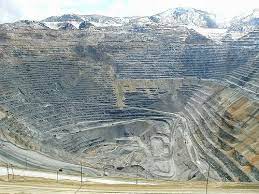
Development in the Consent and Support of Mining Projects by Indigenous Communities
In the southern Philippines, a planned $5.9 billion copper and gold mine has faced opposition since the project was first confirmed in the 1990s. Most affected by the ensuing conflicts were the Indigenous People called Blaan as the mine project covered the ancestral lands of five tribal councils that consisted of five thousand people. This is the project operated by Sagittarius Mines, Inc. (SMI) located in the town of Tampakan, and since then the project has been called the Tampakan Mine Project.
For decades, clans and even families have been indecisive regarding their support for the mining company, which has promised to provide the people with education, health, livelihood, and development projects in affected communities. With the national government in Manila pushing pro-mining policies to jump-start the pandemic-hit economy, development within the communities was considered.
Nora Sukal, who is among the leaders in the ancestral domain straddled by the S’bangken Tribal Council, said that the mine is the largest undeveloped copper and gold reserve in Southeast Asia, and would have dire impacts on her tribe.
In early February, however, when the news team, Mongabay, visited Sukal in her clan’s ancestral domain in the hamlet of Datal Mangisi, she dropped a bombshell.
“I now declare I am pro-mining. I will support the operations of SMI,” Sukal said in the vernacular, according to Mongabay article writer Bong Sarmiento (2022). The project’s final mining area spans 10,000 hectares and nearly 6,000 hectares are already disturbed due to logging and farming. After decades of conflict, the Tampakan mine now seems closer than ever to reaching commercial production, thanks to the exhaustion of all methods at the local level and a pro-mining shift in Manila.
Since the Tampakan project was officially launched in January 2003 even with the various protests over the years, the mining company has provided three million pesos annually to each of the five tribal councils for scholarships, health, livelihood, and development initiatives in their communities. Yet even for communities that have supported the project, things haven’t always run smoothly. Opposition to the project remains strong, spearheaded by the local Catholic Church, and strongly supported by environmental and civic groups.
Still, according to the Mongabay interviews conducted by Sarmiento (2022) and the team, anti-mining advocates denounced this development, and yet at the local level, despite the rift brought by the Tampakan project, the five tribal councils within the tenement area have asked concerned government agencies to allow the mining project to move forward.
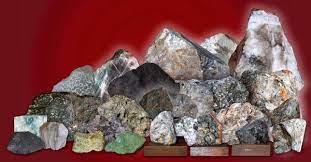
The Philippine Mineral Resources
Minerals are natural substances that usually comprise an inorganic element or compound, having an orderly internal structure and characteristics, chemical composition, crystal form, and physical properties. Any concentration of these minerals, with a potential economic value that can be extracted at a profit, is considered a mineral resource.
Despite its small area, the Philippines is one of the world's richly endowed countries in terms of mineral resources. The mining industry plays a very important role in the country’s economic development. For one, the industry provides employment opportunities to a significant portion of the population, directly and indirectly. The launching of a mining project spurs local and regional economic development as mining firms invest in road infrastructure, utilities, and other facilities within the mine site. Mining, likewise, contributes to the country's foreign-exchange earnings through exports.
Mineral resources are non-renewable. Once extracted, the ore is gone and will take a very long time to replenish. Mining activity, therefore, is faced with the sustainability issue. These are some of the mineral resources found in the Philippines.
Gold reserves in the Philippines at the beginning were estimated at 101.6 million metric tons (MT), equivalent to about 240 MT of gold metal. Between 1988 and 1994, a total of 27.7 million MT of gold ore, containing about 36 MT of metal was extracted. On average, this is equivalent to an annual extraction of 3.9 million MT of gold ore. The slight increase in the world metal price of gold in 1990 failed to raise the country’s production.
From 1988 to 1990 -- on average -- most of the chromite-producing companies experienced a relative boom, as reflected by the increases in their extraction. For the said period, the total chromite ore extraction grew at an annual average of 30.1 percent, despite the earthquake that jolted Luzon island in July 1990.
Beginning in 1991, the stock of ore reserves started to decline. In 1993, nickel metal production tremendously dropped the effect of the slowdown in the international demand for nickel, coupled with increased production in the earlier years, which dampened the market price of nickel metal.
Iron ore, one of the Philippines’ largest mineral deposits, is not being extracted at present. This was due to the higher cost of production, making the local prices of iron not competitive with world prices. However, exploration of possible mining sites is still being done. In 1989, there was an addition of 10.1 million MT in total reserves.
During the period 1988 to 1994, manganese reserves in ore form registered an annual average growth of 2.7 percent -- from 1.4 million MT in 1988 to 1.6 million MT in 1994. The extraction of manganese ore exhibited fluctuations for the years in review. In 1992, an exploration of more possible mining sites in several areas was conducted.
With all these mineral resources natural in the Philippines, it is proven that the mining industry plays a very important role in the country's economic development.
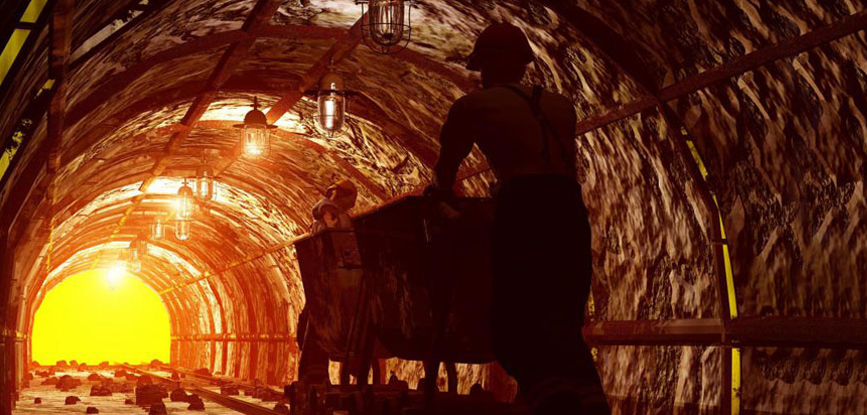
Mining market in the Philippines in the recent years
The mining industry in the Philippines has been a significant contributor to the country's economic growth, accounting for about 1.1% of the country's GDP in 2019. The industry has been active for over a century, with gold, nickel, copper, and chromite being the primary commodities produced.
In recent years, the mining industry in the Philippines has faced several challenges and changes. Here are a few notable developments:
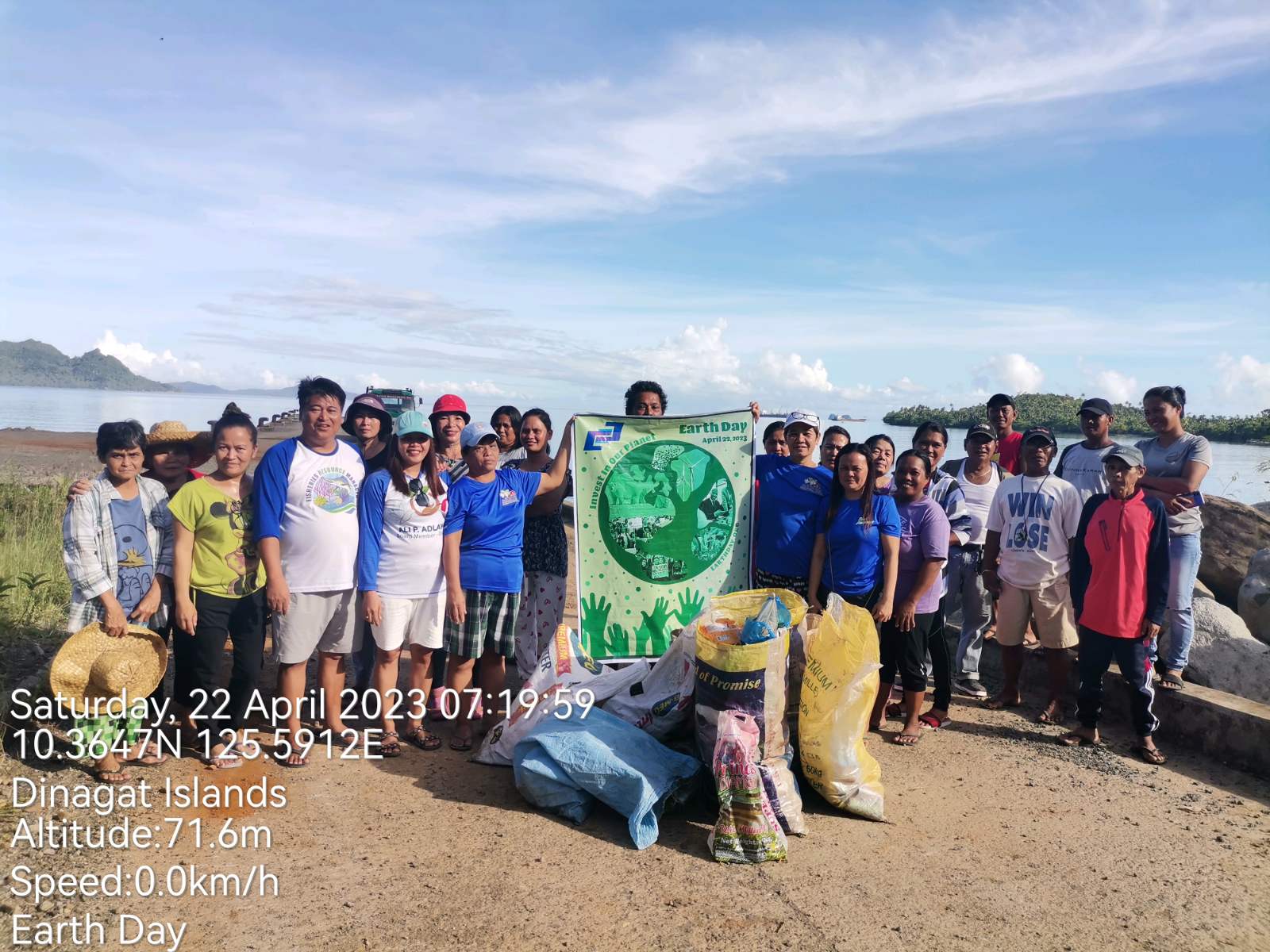
CPC Celebrates Earth Day 2023
This year, the chosen theme for the 2023 Earth Day is “INVEST IN OUR PLANET” as discussions and worldwide movements toward sustainability get even more emphasized. We head to the future with going green not an option, but an integral part of our daily lives. Sustainability opens the path for better profitability and stronger financial growth at the same time that it promotes a safer and happier workplace.
It is now crucial for all businesses of all sizes from all industries to act now and invest in a green economy. Human influence can alleviate the effects of climate disruptions that could save centuries of work and resources. Redirecting campaigns to create an economy that champions the health of the planet protects society as a whole.
Having said this, the Century Peak Corporation is one with the world in celebrating the Earth Day of 2023. To show the commitment of the corporation to sustainability, they conducted the Coastal Clean-up event last April 22, 2023, at the coastal area of Barangay Santiago, Loreto, Dinagat Islands. This was in partnership with Provincial Board Member Ali P. Adlawan and their team.

The mining industry's path to sustainability
For the past three years, the COVID-19 pandemic posed a threat that the whole world had to prioritize, yet the perils that mining companies face because of climate change continue to increase. According to McKinsey Sustainability, climate hazards were forecasted to get more frequent and intense. Some of these include drought, unprecedented heat, and heavy precipitation. This has the possibility of posing a challenge to mining operations.
Widespread decarbonization efforts across industries can also bring about major shifts in commodity and demand. Mining companies must start their preparations for climate hazards. In fact, according to the sustainability studies conducted by McKinsey, it has been claimed that 30 to 50 percent of copper, iron ore, gold, and zinc mining production is located in places where the water stress is concerningly high.
Another issue for the mining industry is the demand for materials has started to shift. Since significant attention was being diverted to low-carbon technologies such as electric-powered vehicles, solar photovoltaics, and wind turbines, a big percentage of the raw materials to set up these innovations are needed.
In addition, an economically viable decarbonization option for the mining industry is electrifying mining equipment, such as diesel trucks and gas-consuming appliances. The benefits of various decarbonization actions will be seen further down the line, which allowed some mining companies to prioritize social responsibility. Mining companies have installed their own sustainability committees to join the much-needed corporate sustainability reporting and activity. Reporting emissions and understanding the possible decarbonization pathways in the future are the first steps toward setting targets and taking action against the climate crisis.
Future regulatory initiatives and technological innovations may change the viability of specific sustainability actions, but the only certainty is the case will vary for each mine and each company. In order to be responsive to the impact of climate change, mining executives should take into consideration specific actions such as performing a holistic diagnosis of the effects of climate change on the business to fully understand which assets need to be prioritized, shifting to renewable energy sources to lower the mine’s electricity costs, and introducing climate-sensitive and climate-intelligent decision-making processes within the company system.
The mining industry’s plans toward sustainability start with their contribution to climate change efforts through more aggressive decarbonization and resilience plans, even as part of their recovery agendas for the post-COVID-19 period.
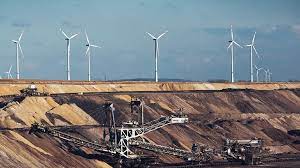
4 Essential Steps to Climate-Smart Mining Approach
A report from the World Bank Group states that the production of certain raw materials such as lithium, cobalt, and graphite could increase five times more by the year 2050. In order to meet these numbers, clean energy technologies like wind, solar, and geothermal power are required.
This is where the Climate-Smart Mining Approach comes in. To support the development of renewable energy sources, this initiative helps resource-rich countries benefit from the increasing demand for raw minerals and metals while reducing the environmental and climate footprint.
While the growing attention to the mining industry provides economic opportunities to resource-filled developing countries, there should still be a sustainable extraction and processing of these minerals and metals to secure the supply of clean energy technologies. Without this framework, negative impacts from mining activities will increase, affecting already-vulnerable communities in mining sites, as well as the environment in which they operate.
So far, there are four steps to begin Climate-Smart Mining Approach:
1. Decarbonization. Reducing carbon emissions through the utilization of renewable energy and energy efficiency as well as removing emissions through carbon sinks and sequestration.
2. Resilience. Enforcing nature-based solutions that include enhanced investments in citizen engagement through strong physical, human, and social capital.
3. Circular economy. Recycling, reusing, and repurposing critical minerals and resources.
4. Market Opportunities. De-risk investments for critical minerals and improve geological and commodity data access.
Climate-Smart Mining ensures resource-rich developing countries benefit from their mineral resources and manage them in a sustainable manner.
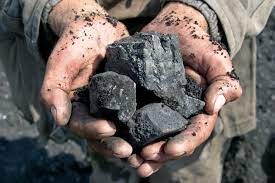
How The Philippine Mining Industry Began
Evidence of pre-colonial mining in the Philippines exists, showing that native people extracted gold, copper, pearls, agate, and many other resources from the ground. It is known that they used these minerals for ornaments and even traded them through Arab merchants with other nations, such as China and Europe.
The first commercial mine was found in Benguet, Central Luzon; it was established by the Benguet Mining Corporation. The Spanish colonizers made use of all the mineral resources they could find. Gold was particularly attractive to them: it is believed that they colonized the country for this reason, creating a law called Inspeccion de Minas to inspect the presence of minerals in the archipelago.
Few years later, the United States took advantage of the minerals in the Philippines and carried out a geological survey to confirm their abundance. To solidify their control, they passed Act 468, giving them the authority to reserve mineral-rich areas for their own use.
Surigao and other parts of the Caraga region were considered “iron-reserved” areas as early as 1914. The Americans established a Mining Bureau to monitor the potential operations in the country. Small-scale gold mining was popular up until 1921, then gold mining became the main focus between 1933 and 1941. During World War II, Filipinos mined metals for Japanese warfare weapons. Copper mining peaked in the 1960s and 1970s, but when demand for copper switched to gold, many companies had to close due to the shifting demands of the industry.
Through the World Trade Organisation, International Monetary Fund, and World Bank, the neo-colonized Philippines followed neo-liberal policies. Gloria Macapagal Arroyo lobbied for the Mining Bill which evolved into Republic Act 7942, or the Philippine Mining Act of 1995. This law gave corporations power over land, resources, and life, making certain spots ideal for mining operations.
At present, there are 20 large-scale mining operations, 10 middle-scale enterprises, and more than 2,000 small-scale non-metallic mines in the Philippines.
Source: https://corporatewatch.org/the-matrix-of-the-philippine-mining-industry/

The benefits of nickel in our everyday life
Nickel is a vital mineral that is mined in low-income nations around the world. It is versatile and offers numerous benefits in various aspects of our lives. Here are some of the significant benefits of nickel:
1. Stainless Steel Production: Nickel is a key component in stainless steel manufacturing, contributing to its durability, corrosion resistance, and heat resistance. Stainless steel is used extensively in construction, kitchen utensils, medical equipment, and transportation industries due to its strength and hygiene.
2. Electrical Conductivity: Nickel has good electrical conductivity, making it an essential component in electrical and electronic devices. It is used in electrical contacts, connectors, switches, and wiring, ensuring efficient transmission of electrical signals and power.
3. Batteries: Nickel plays a crucial role in rechargeable batteries, particularly in nickel-cadmium (NiCd) and nickel-metal hydride (NiMH) batteries. These batteries are commonly used in portable electronics, such as cell phones, laptops, and power tools, due to their high energy density and long lifespan.
4. Coinage: Nickel is used in the production of coins. It provides durability and resistance to wear, ensuring the longevity of coins in circulation.
5. Medical Applications: Nickel is used in medical devices and implants, such as orthopedic implants, pacemakers, and dental prosthetics. Its biocompatibility and resistance to corrosion make it suitable for these applications, ensuring durability.
This is why sustainable nickel mining is important. The extraction of nickel in an environmentally and socially responsible manner, minimizing its impact on the environment, local communities, and workers involved should always be done and maintained. Overall, nickel's versatility, durability, corrosion resistance, and electrical and magnetic properties make it a valuable element in numerous industries—contributing to the development and improvement of various products and technologies that enhance our daily lives.
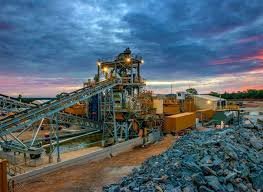
Digital Trends in the Mining Industry
Digitalization is transforming the mining industry. The integration of digital technologies and data-driven approaches to enhance operational efficiency, safety, sustainability, and decision-making processes within the mining industry will improve the quality of life at the mine, but still, many organizations are struggling to adapt.
One of the main trends is the utilization of robotics. Digitalization enables the use of automation and robotics in mining operations. Autonomous vehicles and equipment can be deployed for tasks such as drilling, blasting, hauling, and loading, reducing the need for human intervention in potentially hazardous environments.
Another is remote monitoring as digital technologies allow for real-time control of mining operations. Sensors, cameras, and devices can collect data on various parameters such as equipment performance, environmental conditions, and worker safety, enabling timely decision-making and proactive maintenance.
Mining generates vast amounts of data, which can be leveraged through advanced analytics and AI algorithms. These technologies can analyze data to optimize processes, predict maintenance needs, improve resource efficiency, and enhance safety and productivity.
Digitalized technologies can also enhance safety and risk management in mining operations. Wearable devices, real-time monitoring systems, and predictive analytics can help identify potential hazards, monitor worker health and safety, and enable timely intervention to prevent accidents.
Lastly, digitalization enables better environmental monitoring and compliance in mining activities. Remote sensing, drones, and satellite imagery can be used to monitor land use, vegetation, water quality, and air emissions, helping mining companies comply with environmental regulations and mitigate impacts.
However, it's important to note that the digitalization of mining in the Philippines, or any country, requires appropriate infrastructure, a skilled workforce, cybersecurity measures, and regulatory frameworks to ensure data privacy, security, and ethical use of technology. Collaboration between mining companies, government agencies, and technology providers is crucial to successfully implement digitalization initiatives in the mining sector.
Source: https://www.cygnetise.com/blog/digitalisation-mining
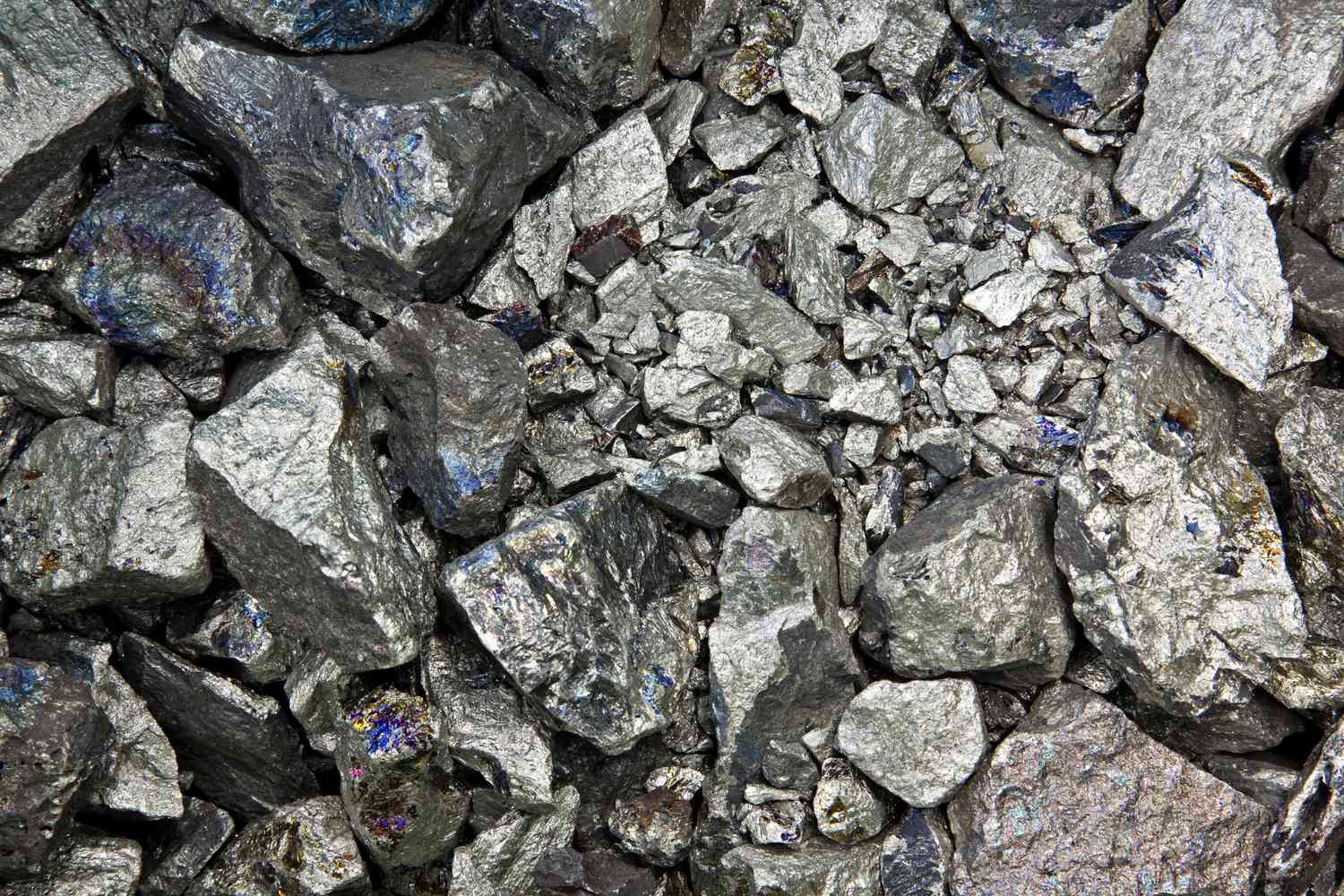
Nickel: Making Our Daily Lives Possible
Nickel is a versatile metal with a variety of applications that have contributed to making our lives easier, safer, and more comfortable. This metal can withstand high temperatures, which makes it ideal for applications where durability under thermal stress is required. It can also be easily shaped into sheets, wires, and other forms. Its ductility allows it to be drawn out into thin wires, while its malleability means it can be hammered or rolled into thin sheets.
Here are some ways in which nickel makes our lives easy:
1. Stainless Steel: The majority of nickel mined is used to make stainless steel. This steel is resistant to corrosion and rust, which is beneficial in many applications, such as in kitchen appliances, utensils, and construction materials. Stainless steel also has an appealing aesthetic, making it popular in modern design.
2. Batteries: Nickel is a vital component of several types of rechargeable batteries, including nickel-cadmium (NiCd), nickel-metal hydride (NiMH), and nickel-cobalt-aluminum (NCA) used in electric vehicles. These batteries power a wide range of devices from laptops and cell phones to larger applications like electric cars.
3. Electronics: Nickel is used in many electronic components due to its conductivity, corrosion resistance, and ability to uphold in high temperatures. It can be found in various components such as connectors, lead wires, and multi-layer ceramic capacitors.
4. Coinage: Many coins, especially in the past, were made from nickel or a nickel-copper blend. This includes the U.S. nickel coin, which is actually 75% copper and 25% nickel.
5. Medical Equipment: Nickel and nickel alloys are often used in making medical devices and equipment because of their biocompatibility and resistance to corrosion. Certain nickel alloys have magnetic properties that are useful in many applications, such as transformers, motors, and magnetic resonance imaging (MRI) machines.
As the world shifts towards more sustainable energy sources, nickel will play a vital role in technologies such as wind turbines, solar panels, and energy storage solutions. In essence, nickel's unique properties, including its durability, conductivity, and resistance to corrosion, make it an invaluable resource in modern society. The benefits of nickel can be seen in daily life, from the utensils we eat with to the vehicles we drive, and the devices we use.
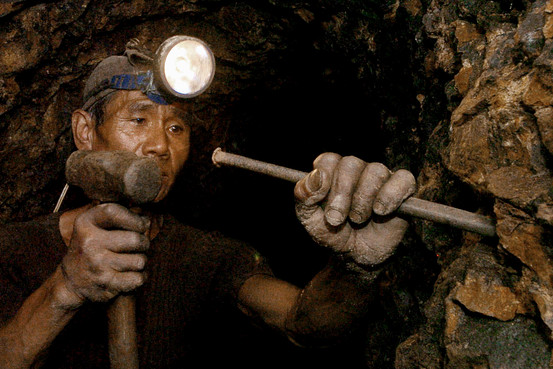
Top three notable successful aspects of the Philippine mining industry
Upon consideration of its pros and cons, the mining industry in the Philippines has indeed had many successes. The country takes pride in its mineral resources, including nickel, gold, copper, and chromite, among others, which have been successfully utilized and exported over the years.
Here are some notable successful aspects:
However, despite these favorable outcomes, the industry also faces significant challenges. The industry's future success will depend, in part, on finding a balance between exploiting the country's mineral wealth and mitigating environmental and social impacts.
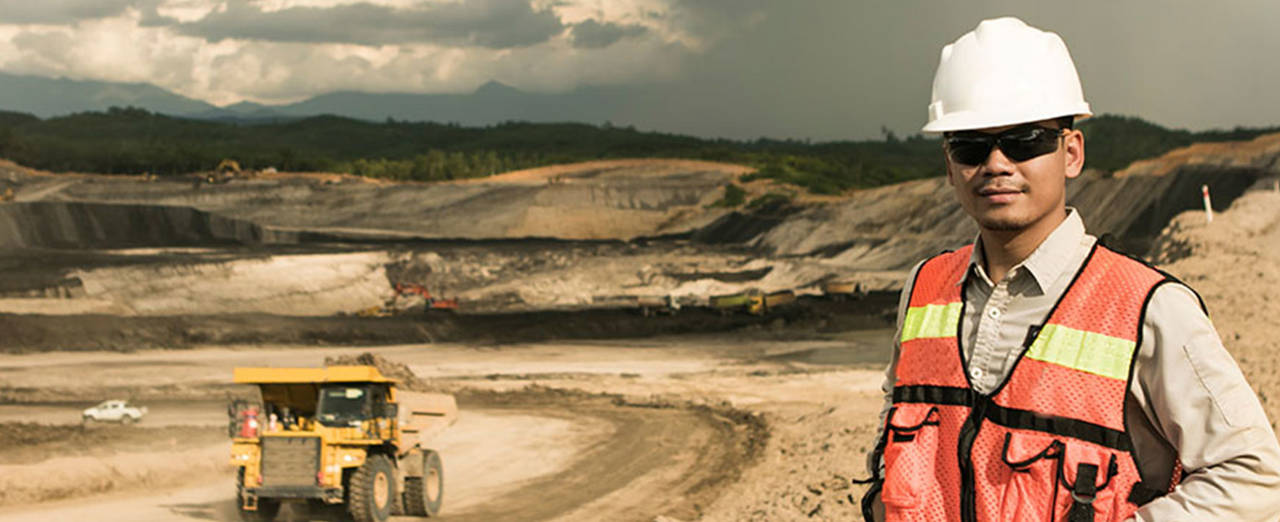
Careers and Job Opportunities in the Philippine Mining Sector
Mining industry in the Philippines is one of the biggest providers of job opportunities and careers, especially for the ones who live in proximity to key locations of mines. The sector offers a range of career opportunities for professionals with different backgrounds.
Here are some possible careers within the industry:
1. Mining Engineer: They are responsible for designing, planning, and supervising the construction of mines. Mining engineers may also be involved in operations, management, and consultancy.
2. Geologists: These professionals are involved in the exploration and assessment of new mining sites. They analyze geological data to help locate mineral resources.
3. Metallurgical Engineer: These engineers are involved in processing ores to extract metals and other elements. They design and oversee the construction of processing plants and are also involved in research and development to improve processing techniques.
4. Environmental Scientist: These professionals work on assessing and mitigating the environmental impact of mining operations. They may also work on rehabilitation projects once an area is already considered mined out.
5. Mine Surveyor: These professionals map the mine structure, check the mines' safety, and ensure the accurate and efficient recovery of the minerals.
6. Safety Officer: Responsible for developing and implementing safety protocols within mining operations to ensure compliance with regulations and to protect workers.
7. Drill Operator/Miner: These are more hands-on roles involving the operation of mining equipment and the extraction of resources.
8. Mine Manager: A senior role, overseeing the operations of a mine and managing the workers and resources.
9. Community Relations Officer: Mining companies often employ individuals to manage relationships with local communities, which can be a crucial role given the potential social impacts of mining.
10. Financial Analyst/Economist: Mining companies also require professionals to manage and analyze their financial operations, including assessing the profitability of mining operations.
These are just a few examples of the types of careers available in the mining industry in the Philippines. The specific jobs and qualifications required can vary depending on the company and the specific operation.
Remember, the industry is subject to change and fluctuation based on government regulations and global market conditions. Please consult the latest job postings and industry reports for the most current information.
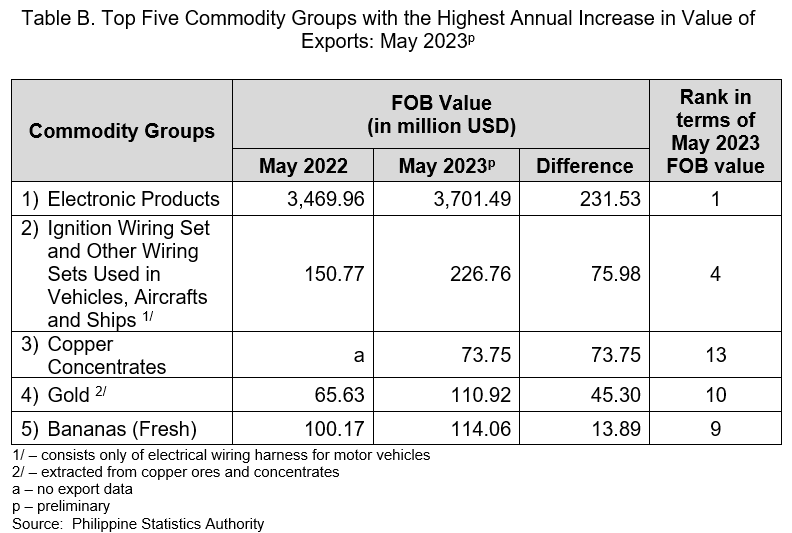
The Philippine mining sector is still a major economic booster
Even after several years, the mining industry in the Philippines remains to be one of the biggest contributors to the country's exports. Since our country is naturally rich in mineral resources, mining is still one of the major sectors that boost the country's economy. Here are some key minerals the Philippines exports:
Other minerals include silver, zinc, chromite, and iron. Additionally, the Philippines is also a source of non-metallic minerals including limestone, marble, and silica.
Considering recent developments, the Philippine government has intermittently implemented, relaxed, and reinstated bans on open-pit mining, while some provinces have their local prohibitions on mining activities.
As of the May 2023 report from the Philippine Statistics Authority (PSA) on the Highlights of the Philippine Export and Import Statistics published July 11, copper and gold remain in the top five commodity groups with the highest annual increase in the value of exports. Copper concentrates had a yearly growth by an approximate of USD 73.75 million.
Source: https://psa.gov.ph/content/highlights-philippine-export-and-import-statistics-may-2023-preliminary
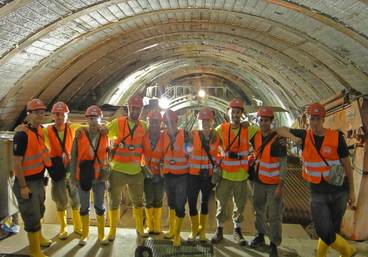
The Best Geology Program Offerings in the Philippines
With the diversity and complexity of the country’s natural landscapes, one cannot deny that it is an exciting region of study for aspiring geologists and earth scientists.
If you’re looking to explore a specialization in minerals, here is the list of several institutions in the Philippines that offer strong programs in Geology:
1. University of the Philippines Diliman: UP Diliman's National Institute of Geological Sciences offers a Bachelor of Science degree in Geology, and also offers post-graduate degrees for Master of Science (Geology) and PhD (Geology).
2. Adamson University: Located in Ermita, Manila, Adamson University's Department of Geological Sciences offers a Bachelor of Science in Geology program.
3. Mapúa University: Located in Intramuros, this university offers a Bachelor of Science in Geology program.
4. Negros Oriental State University: This university, located in the heart of Dumaguete City, offers a Bachelor of Science in Geology.
5. University of Southeastern Philippines: This university, located in Davao City, also offers a Bachelor of Science in Geology.
6. University of Santo Tomas: Located in Manila, UST offers a Bachelor of Science in Applied Physics major in Instrumentation. This course includes a minor in Earth Science, which has a significant geology component.
7. Batangas State University:Located in the Batangas province in Luzon, the Institute of Technology offers a Bachelor of Science in Geological Engineering.
These universities offer comprehensive training in Geology, providing students with a strong foundation in the physical sciences and equipping them with the skills necessary to address complex geologic issues.
Note: Admission requirements and course offerings can change over time, so it's always a good idea to check the most recent information directly from the universities' official websites or admission offices.
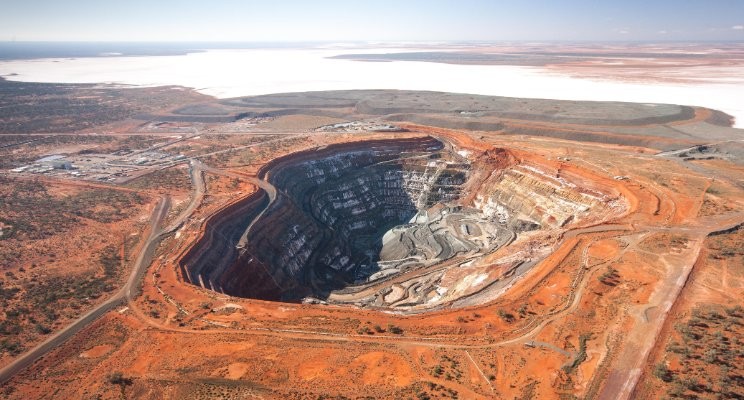
What makes the Philippines rich in minerals?
One of the most sought-after characteristics of the Philippines by investors from different countries is its unique geographic location. Over the years, the country has thrived with this fact and some communities have built their lives and livelihood around minerals and what we can do with it.
As an archipelago situated in Southeast Asia, here are the five reasons why the Philippines is rich in minerals:
1. Volcanic Activity: Many mineral deposits are associated with volcanic activity. As magma rises to the surface and cools, it can concentrate valuable minerals into ore deposits. The Philippines is home to many active volcanoes, contributing to its mineral wealth.
2. Plate Tectonics: The Philippines is situated at the junction of several tectonic plates, including the Philippine Sea Plate and the Eurasian Plate. This tectonic activity can lead to the formation of mineral deposits. For instance, the movement of tectonic plates can lead to the formation of veins of precious metals like gold and copper.
3. Weathering and Erosion: The tropical climate of the Philippines leads to significant weathering and erosion of rocks. This weathering can concentrate heavy, valuable minerals like nickel in soils and sediments.
4. Subduction Zones: The Philippines is located in a subduction zone, where one tectonic plate is forced under another. Subduction zones can create the high temperature and pressure conditions needed to form certain kinds of mineral deposits, including copper and gold.
5. Geological Diversity: The geological diversity of the Philippines, with its mix of volcanic islands, mountain ranges, and varied rock formations, creates a wide range of environments where different kinds of mineral deposits can form.
The abundance of minerals in the Philippines, including gold, nickel, copper, and chromite, has made mining a significant industry in the country. However, this mineral wealth must be balanced against the environmental and social impacts of mining, a fact most mining companies have been careful and concerned about.
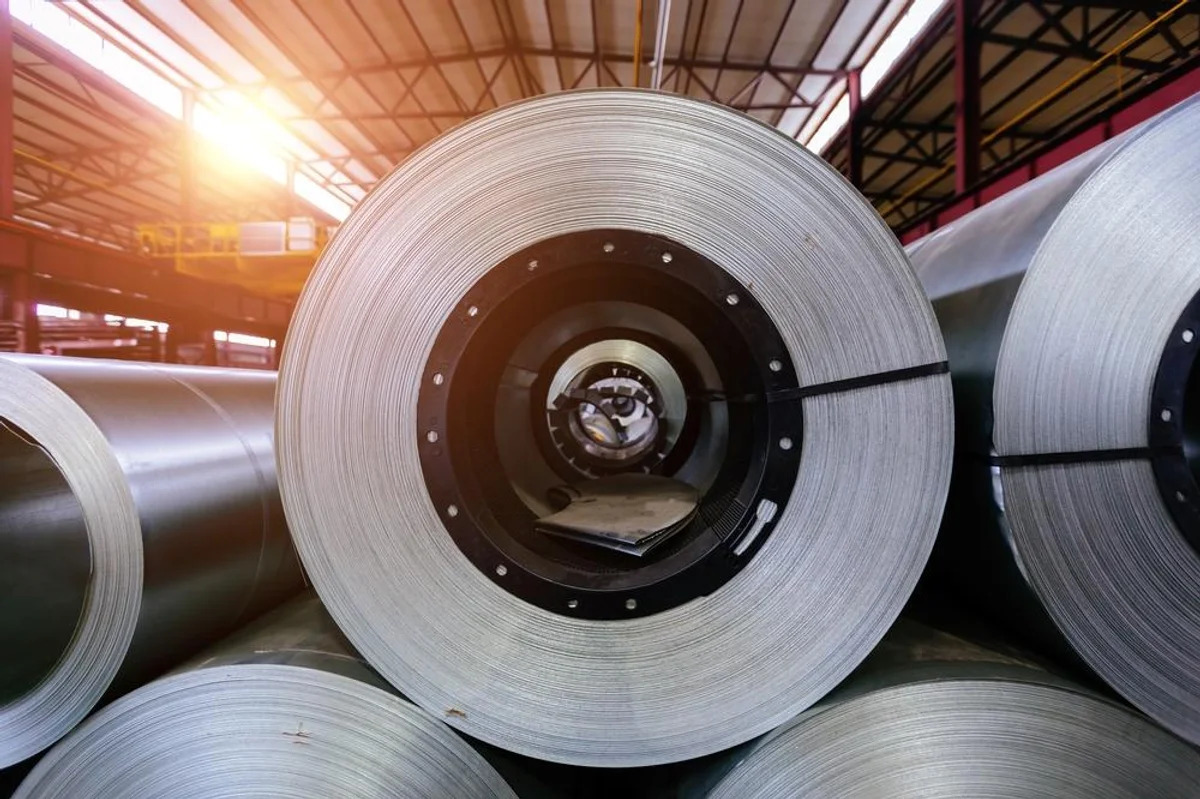
Philippines: The World's Top Nickel Producer
Among the Southeast Asian countries, the Philippines is one of the world's leading nickel producers. Nickel production in the Philippines, especially for the past decade, has become more efficient and dependable as it consistently ranks alongside Indonesia, Russia, and New Caledonia in producing nickel ore.
The majority of nickel mining in the country takes place in the Palawan and Surigao regions. Unlike other countries that predominantly mine nickel sulfides, the Philippines is known for its lateritic nickel ores. These are surface deposits enriched in nickel as a result of the weathering of ultramafic rocks in tropical climates, which are primarily used to produce stainless steel and batteries.
Moreover, the export of nickel ores, especially to countries like China which has a massive stainless steel industry, brings in significant foreign exchange. In recent years, there has been an increasing emphasis on adding value to raw nickel ore exports. Instead of merely exporting raw ores, there's a push towards processing the ores domestically to produce higher-value products like nickel pig iron (NPI) or refined nickel.
It is not surprising that the Philippines plays a pivotal role in the global nickel supply chain, particularly in the production of nickel laterite ores. The demand for nickel, especially for electric vehicle batteries, has been projected to increase in the coming years. This rising demand could benefit the Philippine nickel industry while meeting various goals to remain upholding the tenets of responsible mining.
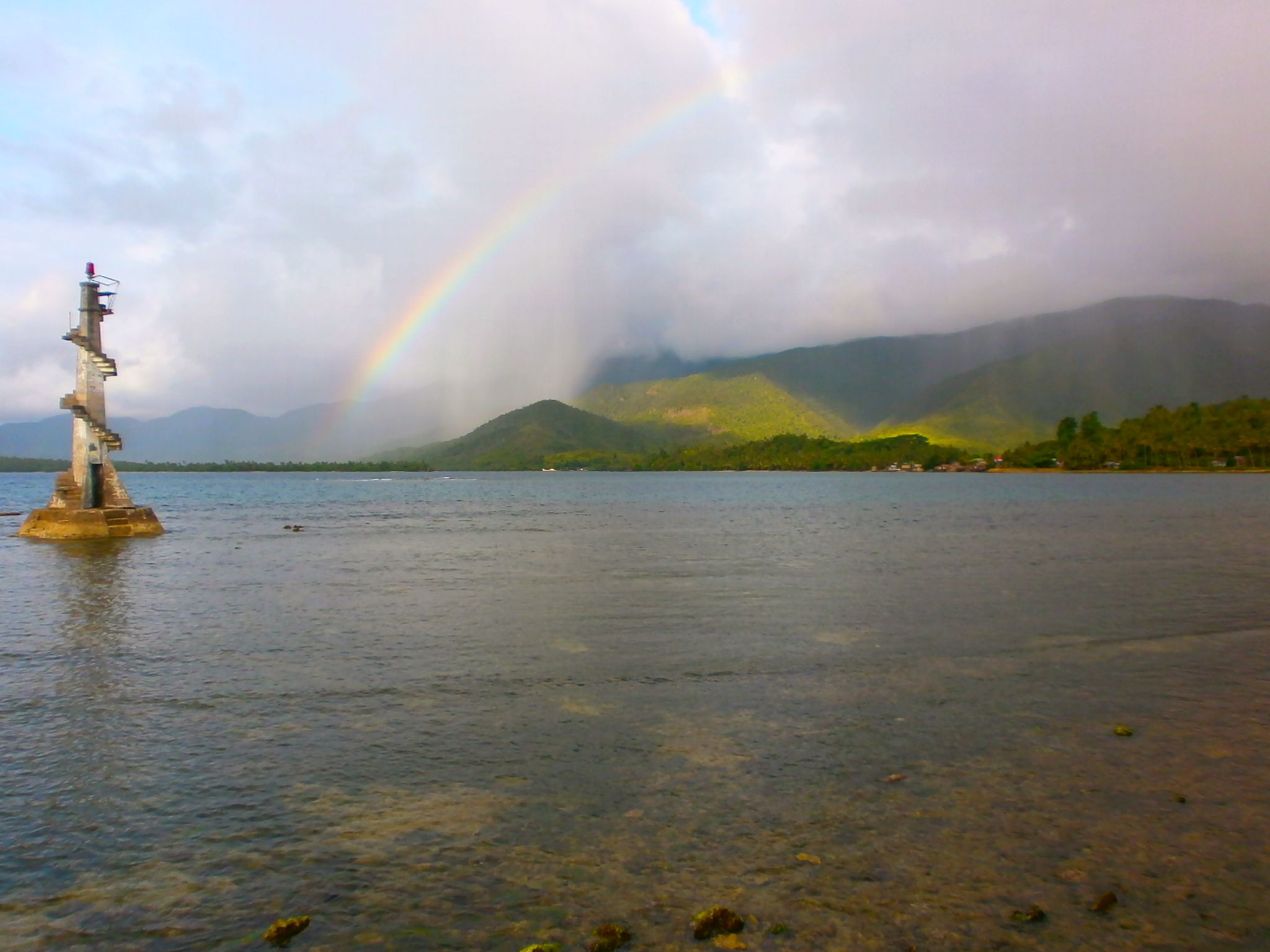
Philippines: The World's Top Nickel Producer
Situated to the northeast of the mainland of Mindanao, Dinagat Islands is bordered by the Surigao Strait to the west and the Philippine Sea to the east. The capital of the province is the municipality of San Jose. Prior to becoming an independent province, the island was part of the province of Surigao del Norte.
In December 2006, Dinagat Islands was proclaimed a separate province. This move was contested legally, but in 2010, the Supreme Court of the Philippines declared the Dinagat Islands as a legally separate province. The place is rich in mineral resources, especially nickel. This has led to significant mining activities in the area, which have been both an economic boon and a source of stability in labor for the locals.
Loreto, like much of the Dinagat Islands, is known for its natural beauty. It has scenic coastal areas, caves, lakes, and waterfalls which attract local tourists. Like other parts of the province, Loreto benefits from mining, but agriculture and fishing are the vital components of its local economy. Loreto celebrates its annual town fiesta in honor of Saint Vincent Ferrer, their patron saint.
Dinagat Islands and Loreto, in particular, offer a mix of cultural, historical, and natural attractions. Moreover, the region is less developed in terms of tourism infrastructure compared to other parts of the Philippines, making it a destination for those seeking more off-the-beaten-path experiences while its mining industry continues to develop and thrive.
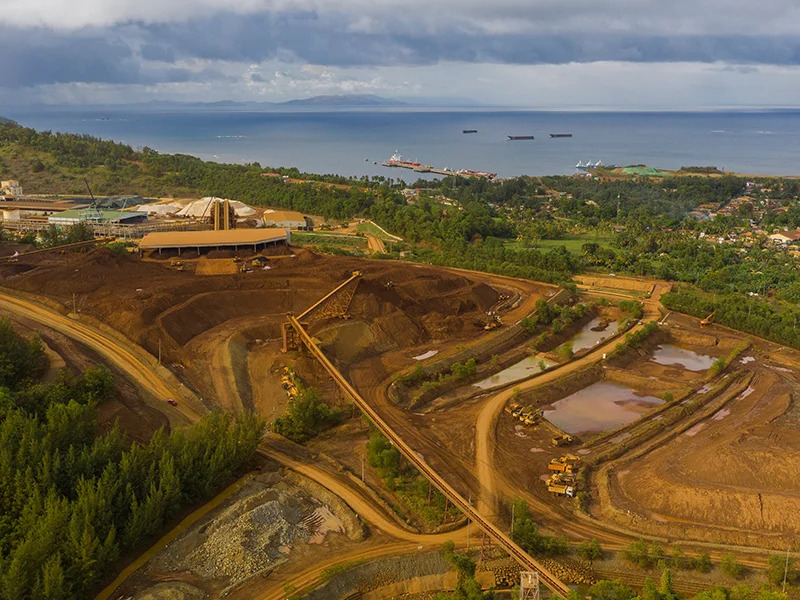
Nickel processing in the Philippines
Nickel processing in the Philippines is originally centered around the extraction and export of DSO or Direct Shipping Ore wherein the ore is shipped directly to another country for further processing. With the shift towards higher value addition and the increasing demand for nickel, especially in battery industries, there has been an interest in further processing domestically.
Another process is called HPAL or High-Pressure Acid Leach. This is one of the more advanced methods to extract nickel and cobalt from laterite ore. Philippines is considering HPAL in producing nickel products as it can process low-grade ores effectively. However, the capital and operational costs for it are high.
Some of the exported nickel laterite ores are used to produce Nickel Pig Iron (NPI) in countries like China. NPI is a lower-grade ferronickel used as a cheaper alternative to pure nickel in stainless steel production. Generally, building nickel processing plants can be capital-intensive. While the economic gains can be considerable, they require significant initial investments. This makes the decision to shift from DSO to domestic processing a weighty one.
The rise of electric vehicles and renewable energy systems has resulted in increased demand for batteries, which is a by-product of nickel. As a significant nickel producer, the Philippines stands to benefit from this surge in demand. However, the real economic windfall will come if the country can process the metal domestically and climb up the value chain.
In summary, while the Philippines has historically been a significant exporter of raw nickel ore, there is potential for more domestic processing. Doing so, however, will require addressing economic, technological, and socio-economic challenges.
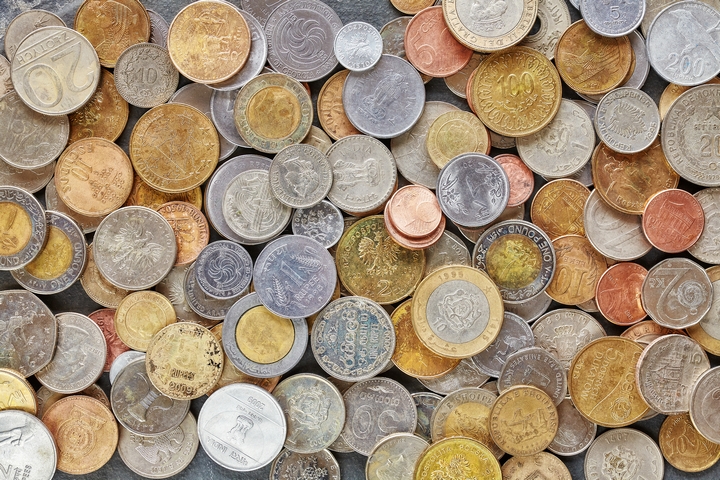
In a world where there's no Nickel...
Nickel is an essential element used in various applications from basic household items to advanced technological equipment. If there’s a scarcity or zero source of nickel, several consequences and changes would occur across different sectors.
In many industrial processes, nickel is regarded as a vital catalyst. Without it, the properties of stainless steel, such as its resistance to corrosion and its strength, would be compromised. Alternative materials or alloys would need to be explored, potentially at a higher cost or with reduced efficiency.
Furthermore, nickel is also crucial for many rechargeable battery formulations, especially in lithium-ion batteries used in electric vehicles (EVs), mobile phones, and other electronic devices. The capacity, efficiency, energy density, and life cycles of these batteries might be reduced, affecting the reliability of the electronics industry as a whole if nickel were to cease to exist.
Several countries use nickel in coin production because of its resistance to corrosion and wear. A lack of nickel would necessitate changes to coin compositions. Nickel-based superalloys are vital in the aerospace industry for their ability to withstand high temperatures. Without nickel, the production of certain jet engines and other aerospace components would face challenges.
Countries and regions that rely heavily on nickel mining and processing for their economies would face severe economic downturns. The absence of nickel would pose challenges across various industries, leading to massive job losses and potentially causing a large-scale economic restructuring.
Nickel has always been a part of our everyday life and its uses and benefits can no longer be doubted.
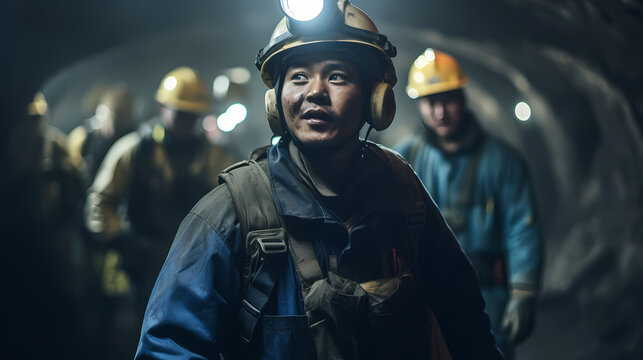
5 Basic Formulas of Responsible Mining
Responsible mining refers to mining practices that aim to minimize the negative environmental, social, and economic impacts while maximizing benefits to the environment and communities. The concept revolves around sustainability, ethical practices, and the well-being of local communities.
The feasibility and effectiveness of responsible mining depend on various factors, such as:
1. Regulations and Oversight: A strong regulatory framework that enforces best practices can guide mining operations toward more responsible methodologies. Effective oversight ensures that companies are compliant with these regulations.
2. Technology: Advances in mining technology can reduce the environmental footprint of mining activities. For instance, water recycling techniques, efficient waste management, and cleaner extraction methods can help in reducing the environmental impacts of mining.
3. Community Engagement: Involving local communities in decision-making processes ensures that their concerns are addressed. This can lead to mining practices that are more socially responsible and avoid potential conflicts.
4. Rehabilitation and Closure: Responsible mining includes plans for rehabilitating mining sites after their operational life. This ensures that landscapes are restored, and long-term environmental damage is minimized.
5.Supply Chain Management: Ensuring that the entire supply chain, from extraction to end product, is sustainable and responsible can make the mining process more ethical and environmentally friendly.
Responsible mining faces challenges, including the complexities of environmental management, potential increased costs, the need for continuous innovation, and resistance from certain stakeholders who prioritize short-term gains. Hence, while perfect sustainability in mining is difficult, strides toward responsible mining are both possible and ongoing. The effectiveness of these efforts depends on the combined actions of regulatory bodies, mining companies, local communities, investors, and consumers.
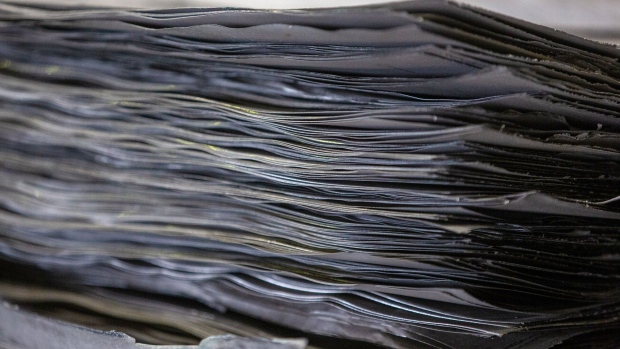
World’s Top 5 Nickel Consumers
Nickel is a versatile metal with a wide range of applications. Those who buy nickel are usually industries and manufacturers that use the metal as a raw material for various products or as an alloying element to enhance the properties of other metals.
Here are the top five primary consumers and buyers of nickel in the world:
1. Stainless Steel Industry: This is by far the largest consumer of nickel. Roughly two-thirds of global nickel production is used to manufacture stainless steel. Nickel imparts corrosion resistance and strength to stainless steel.
2. Battery Manufacturers Nickel is a critical component in many rechargeable battery formulations, especially nickel-cadmium (NiCd), nickel-metal hydride (NiMH), and some lithium-ion (Li-ion) batteries. With the rise of electric vehicles, the demand for nickel in battery applications is expected to grow significantly.
3. Aerospace Industry Nickel-based superalloys are used in the aerospace industry for their ability to withstand high temperatures. They are commonly used in jet turbines and other engine components.
4. Countries China, for instance, is a major buyer of nickel, particularly for its stainless steel manufacturing and, increasingly, for its battery industry. Nickel electroplating also provides a protective coating that also offers a decorative shine to various items, from automotive parts to household fixtures that they sell and export.
5.Chemical Industry Nickel is used as a catalyst in various chemical production processes. Nickel is also used in a range of specialty alloys that have unique thermal, magnetic, and electronic properties.
It's worth noting that the exact buyers can vary based on the form of nickel being sold. For example, raw nickel ore and concentrated nickel might be sold to countries or companies that have refining capabilities, while refined nickel products might go directly to manufacturers or industries that incorporate nickel into their products.